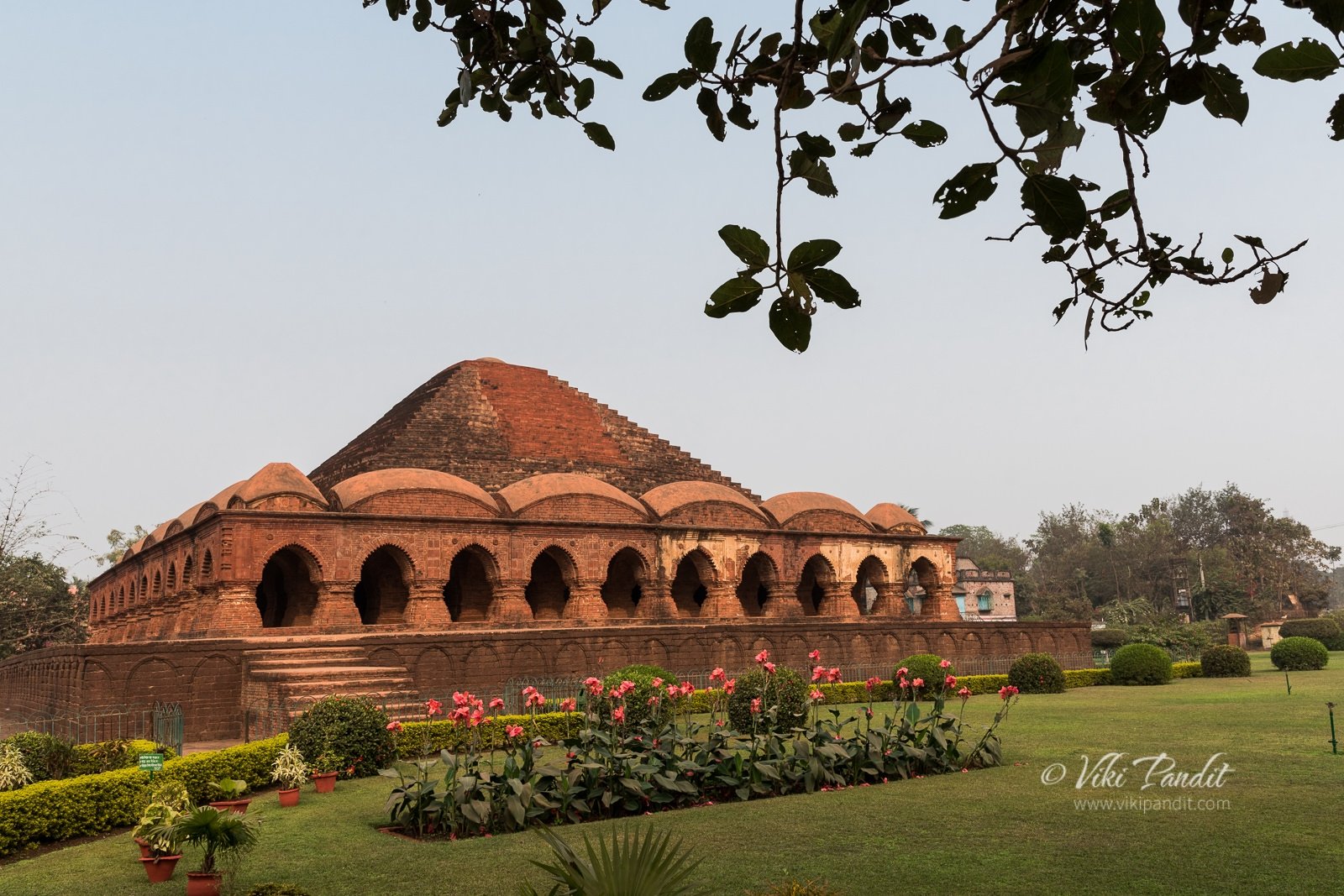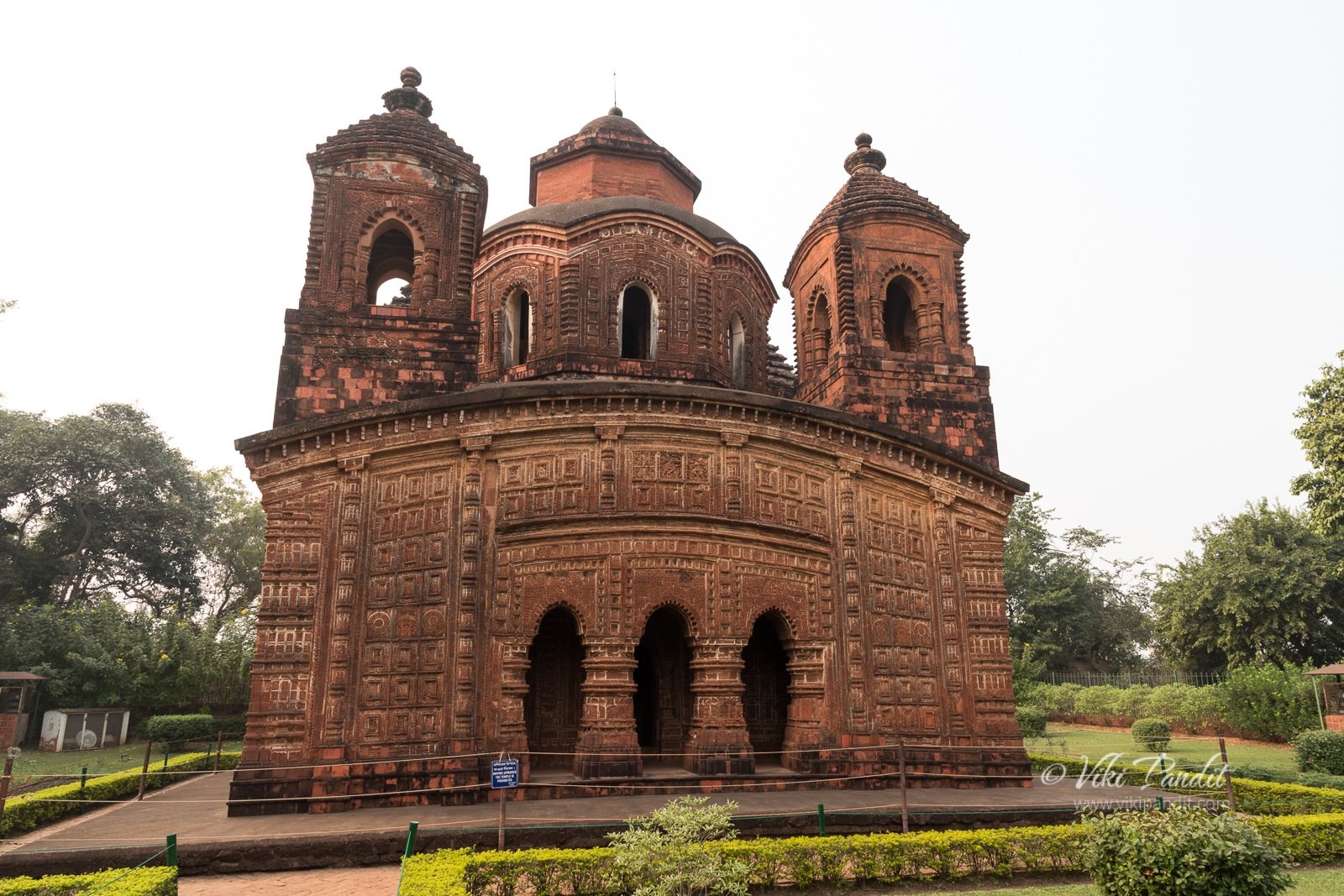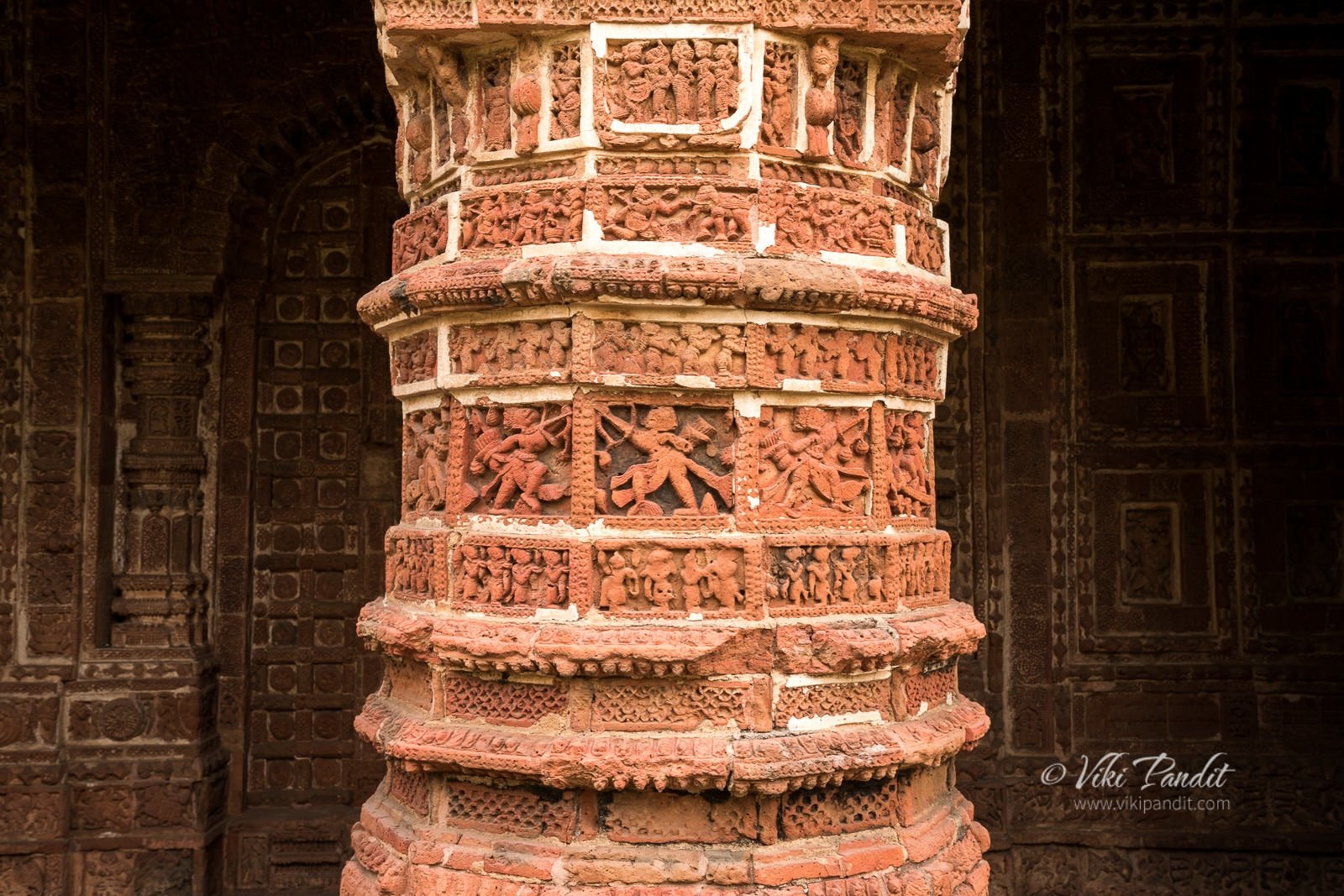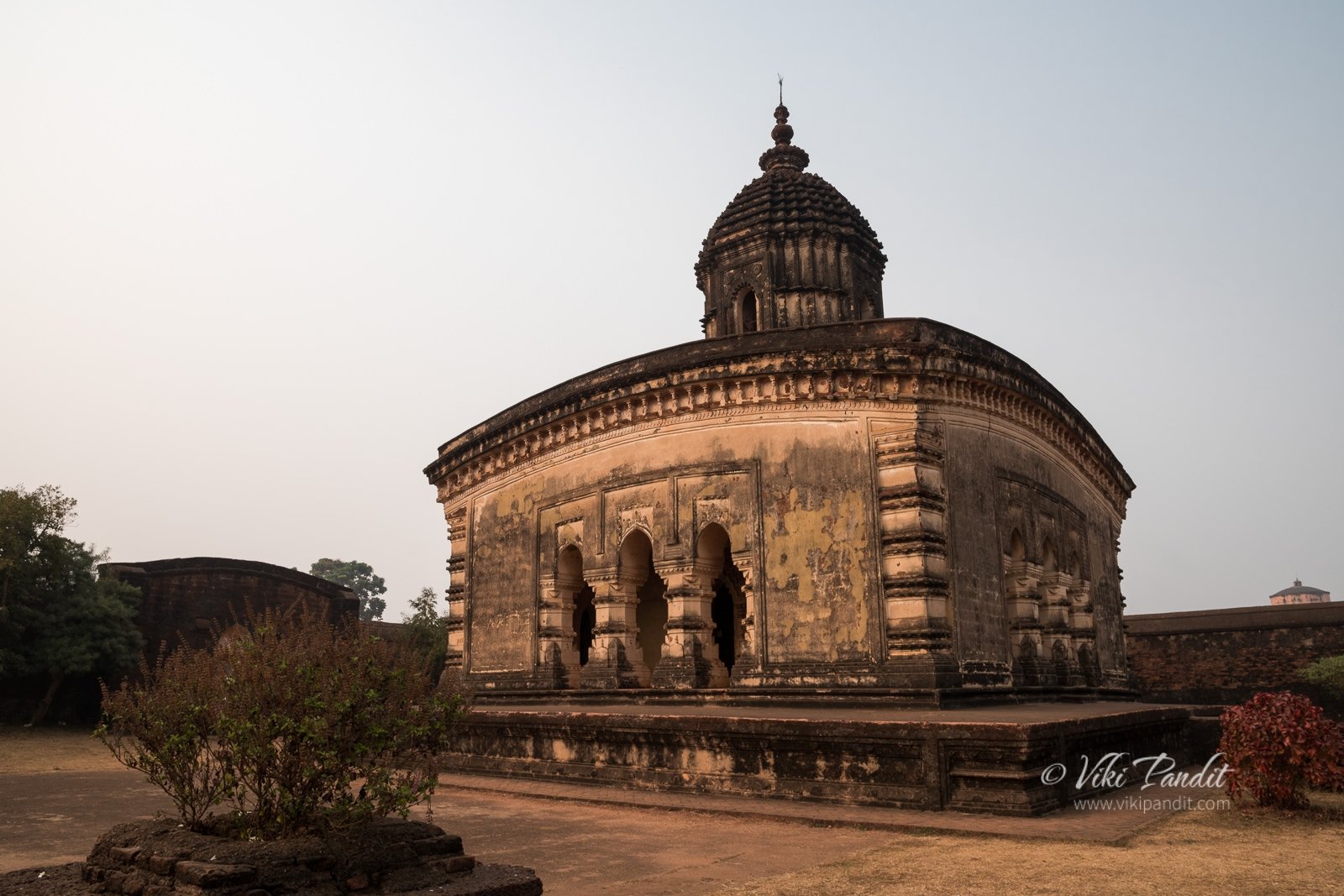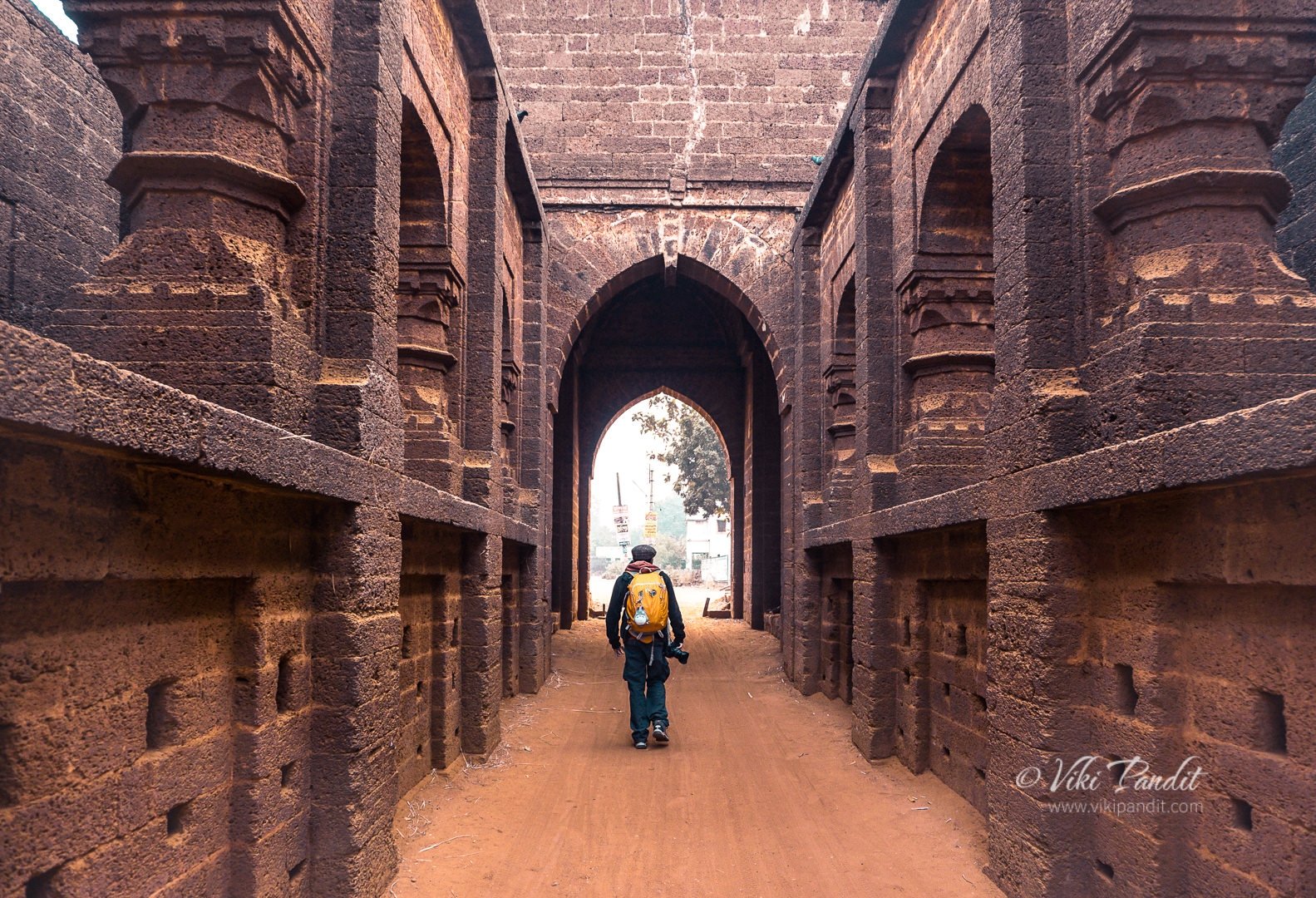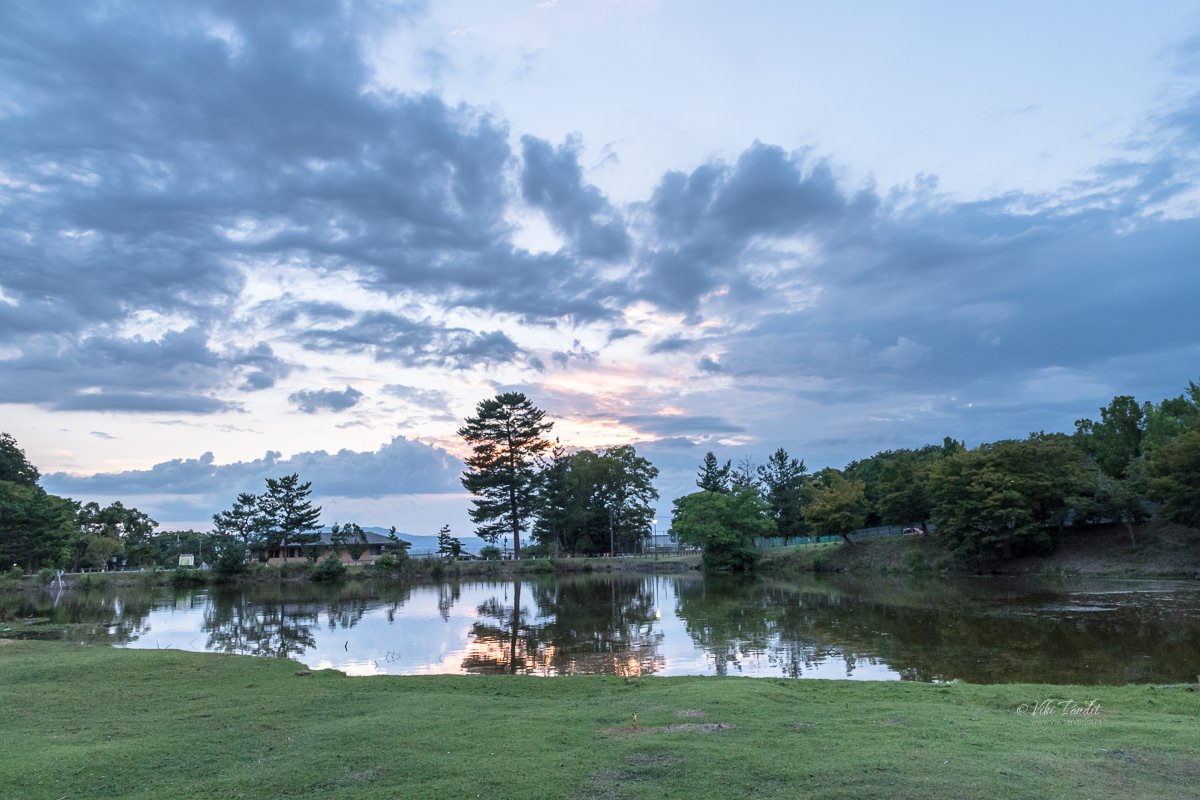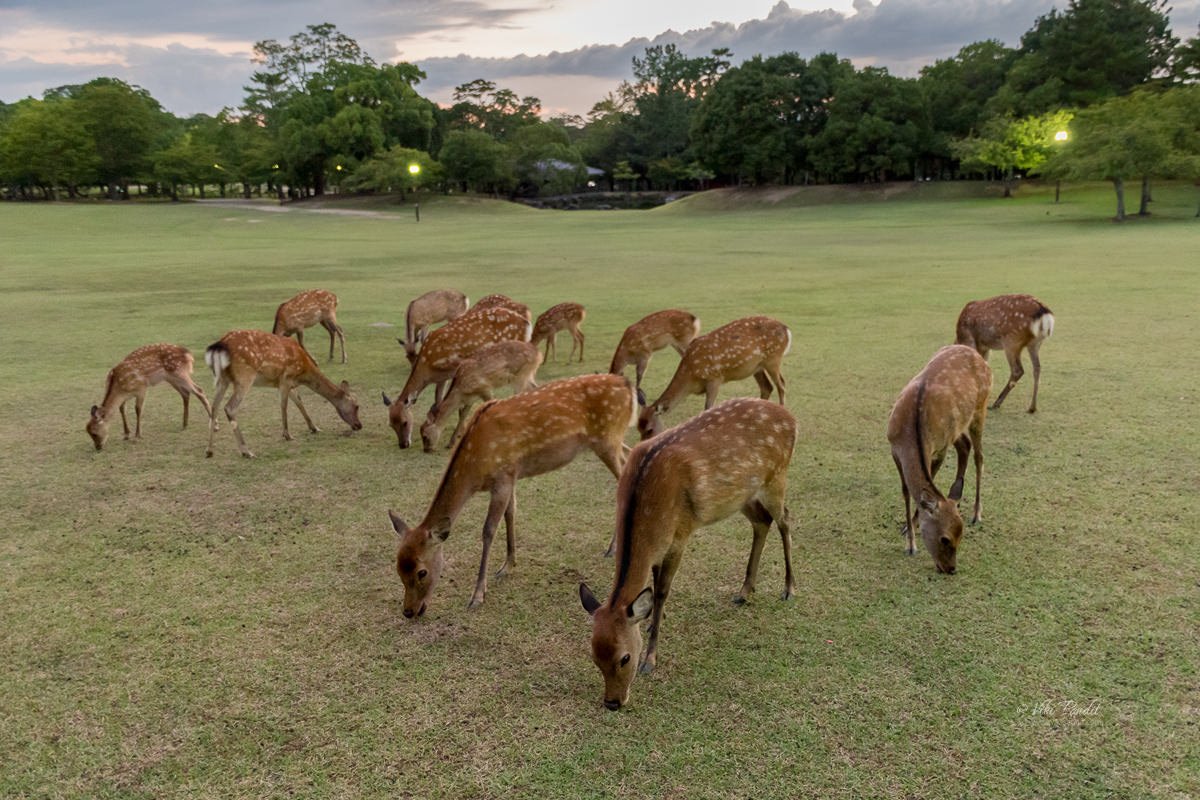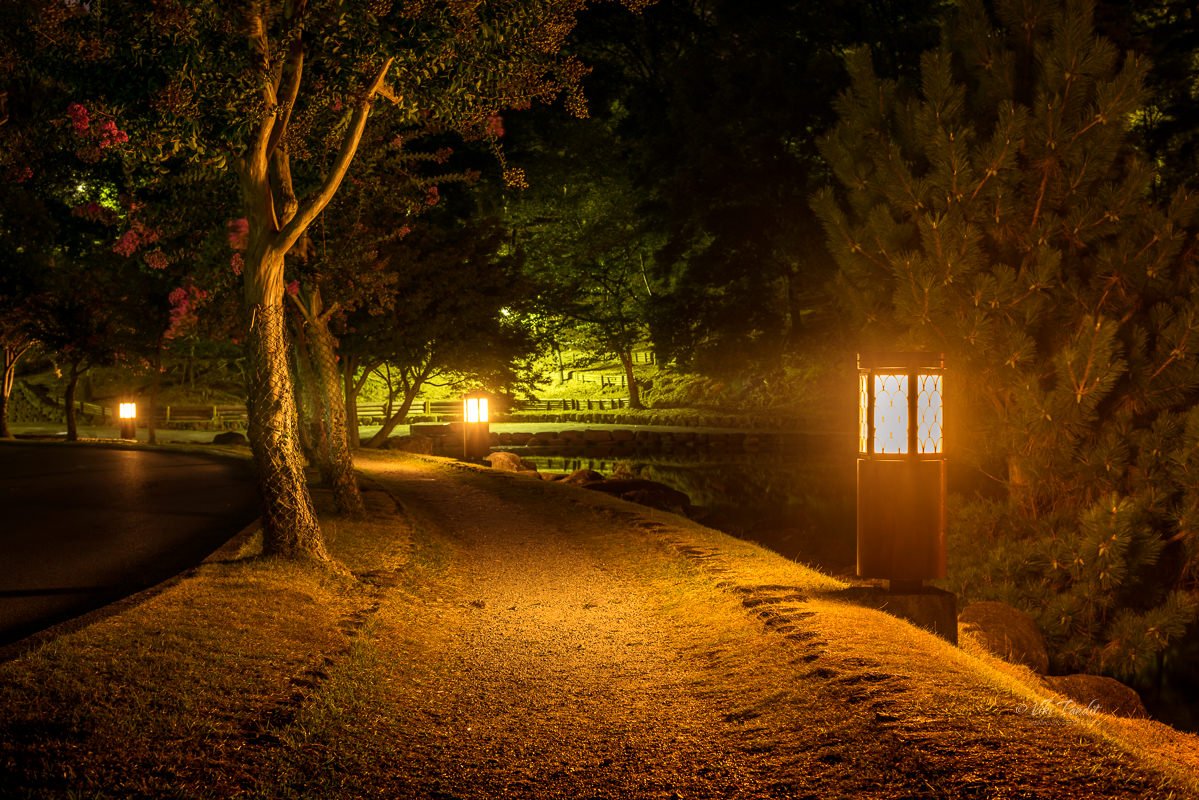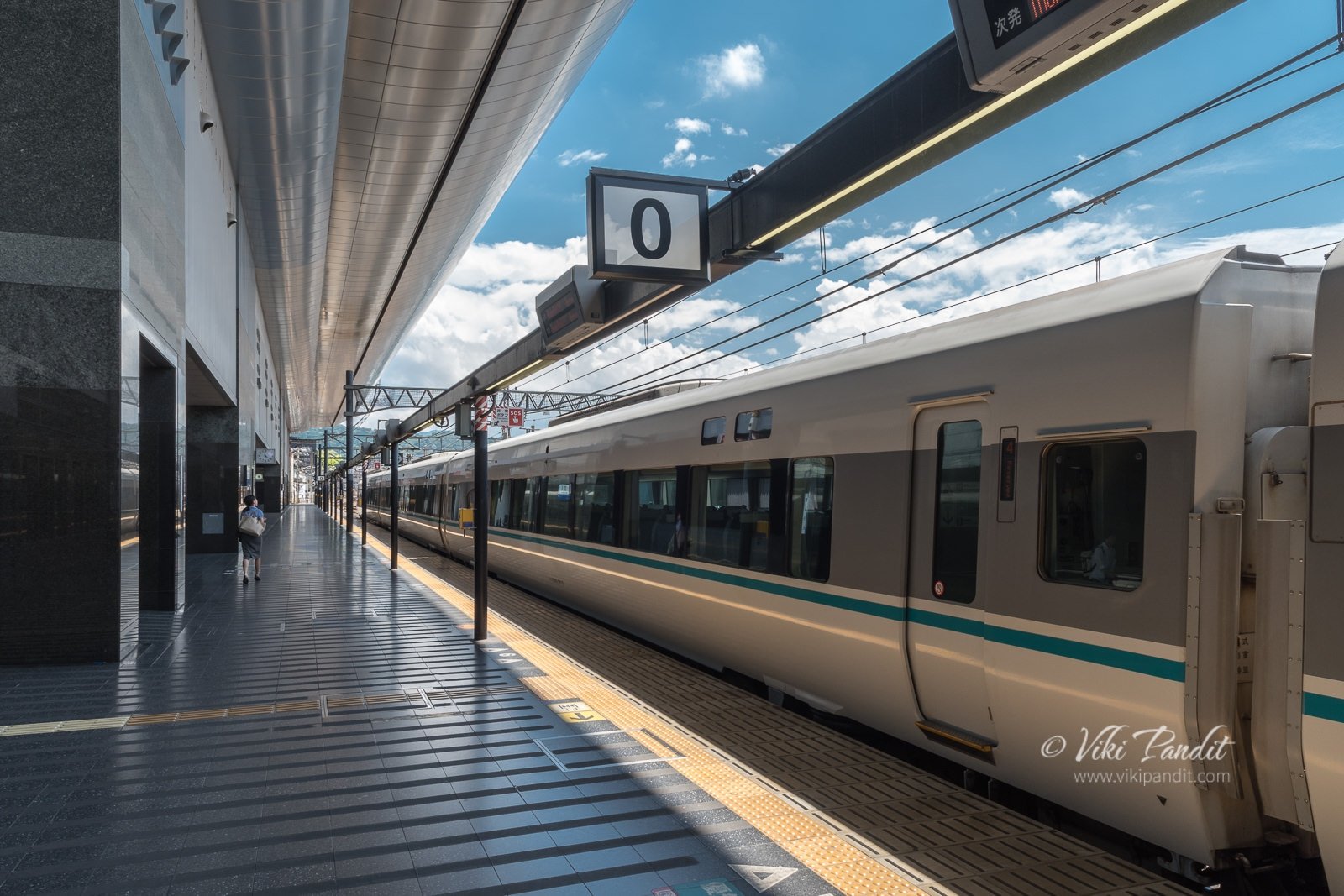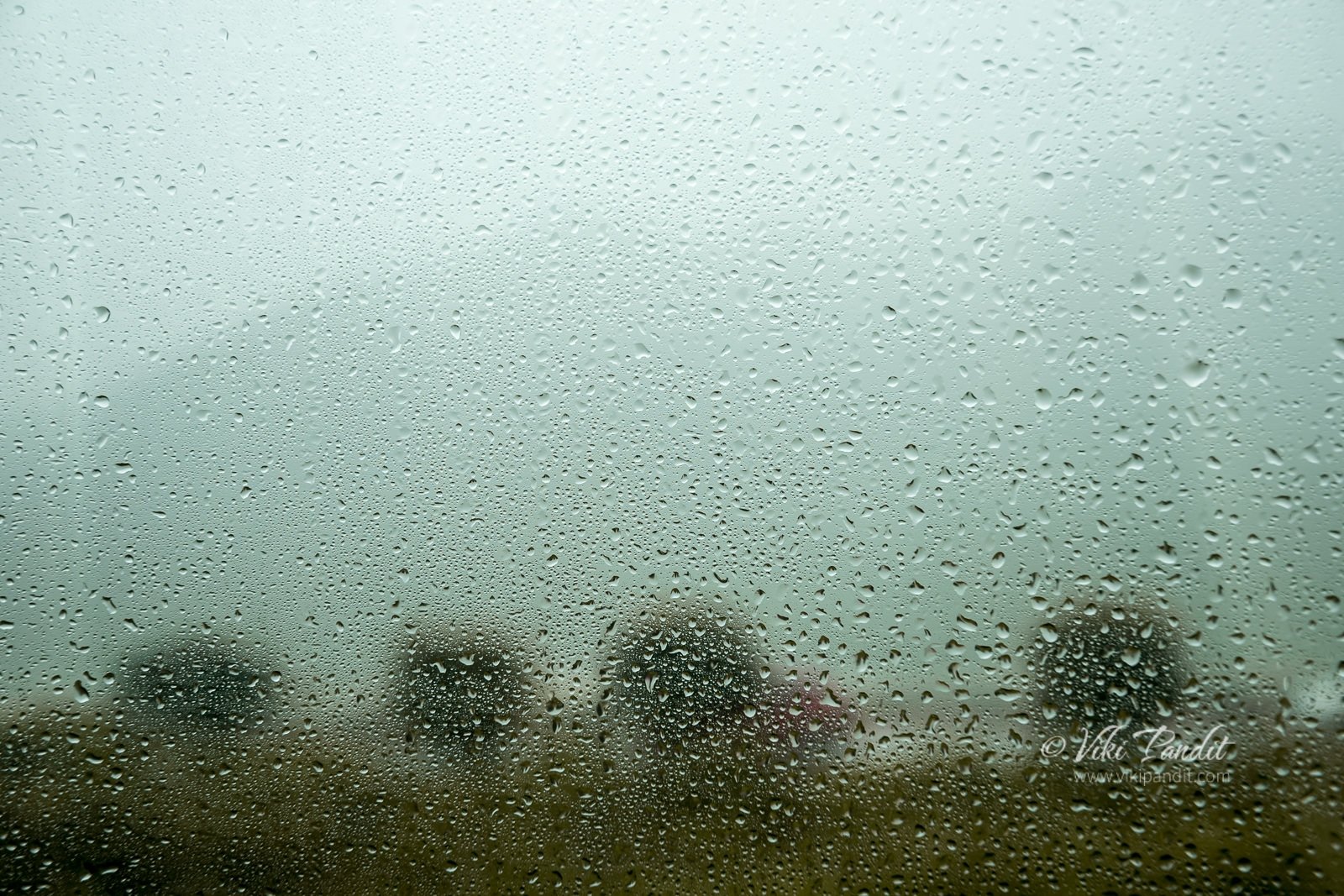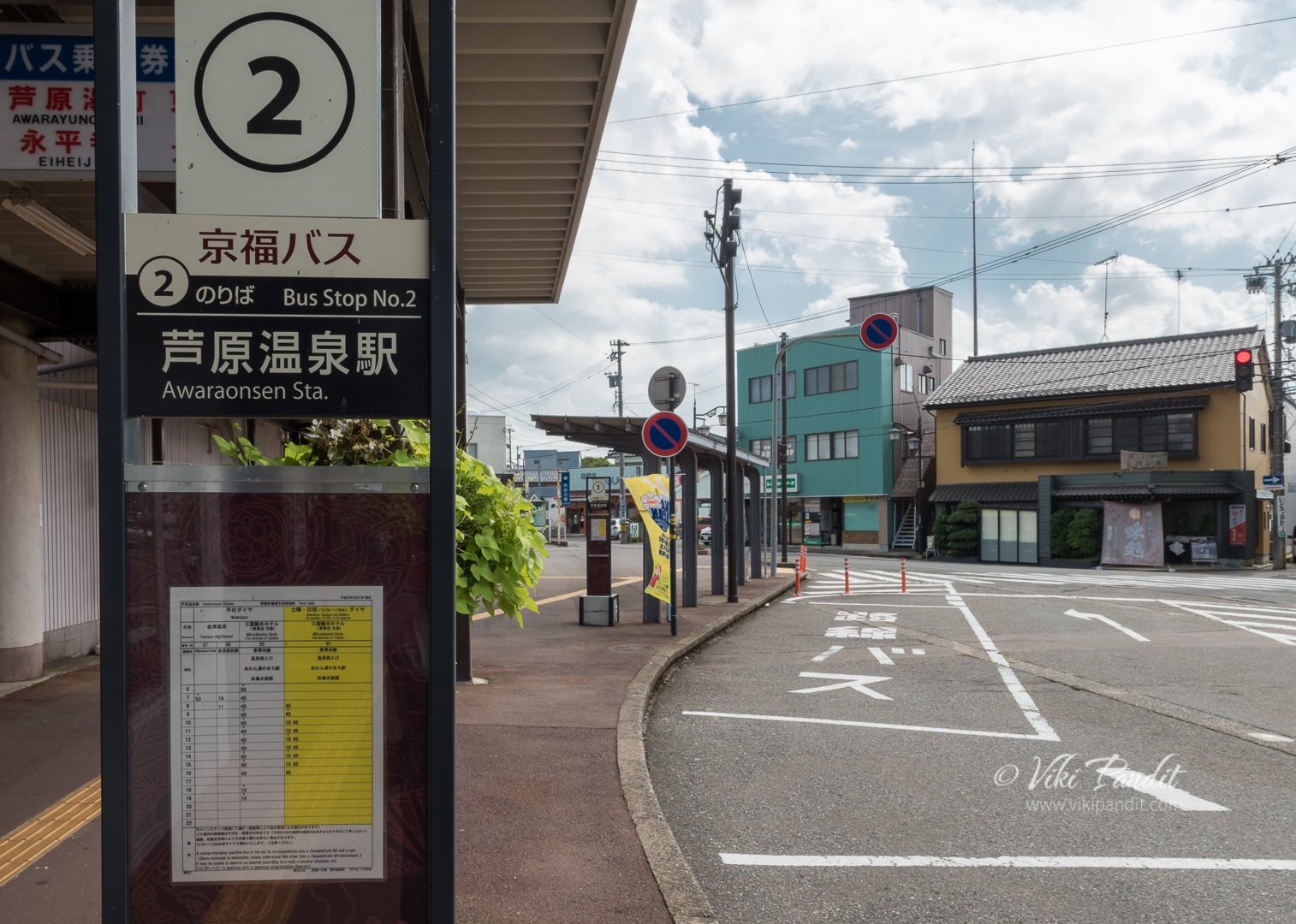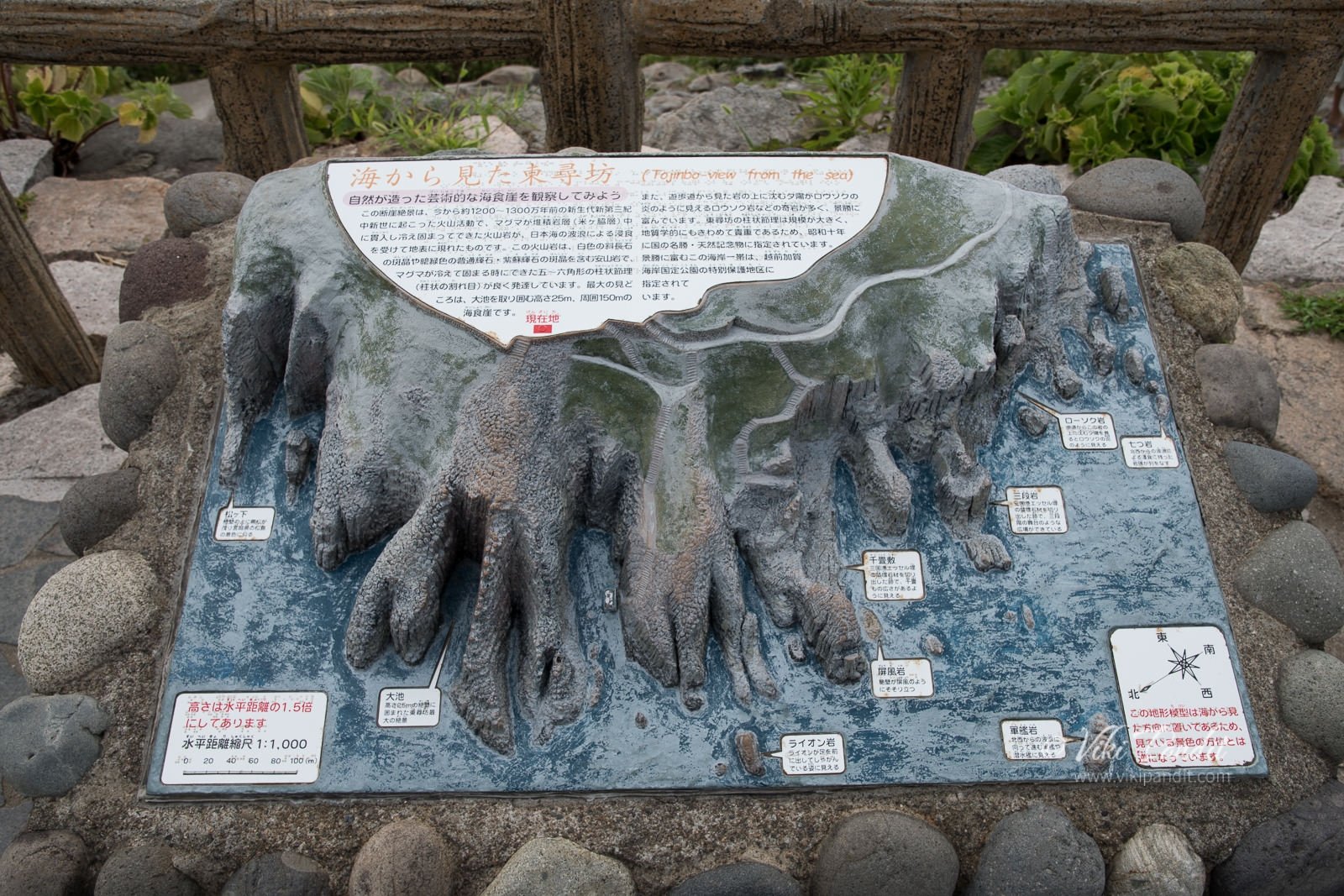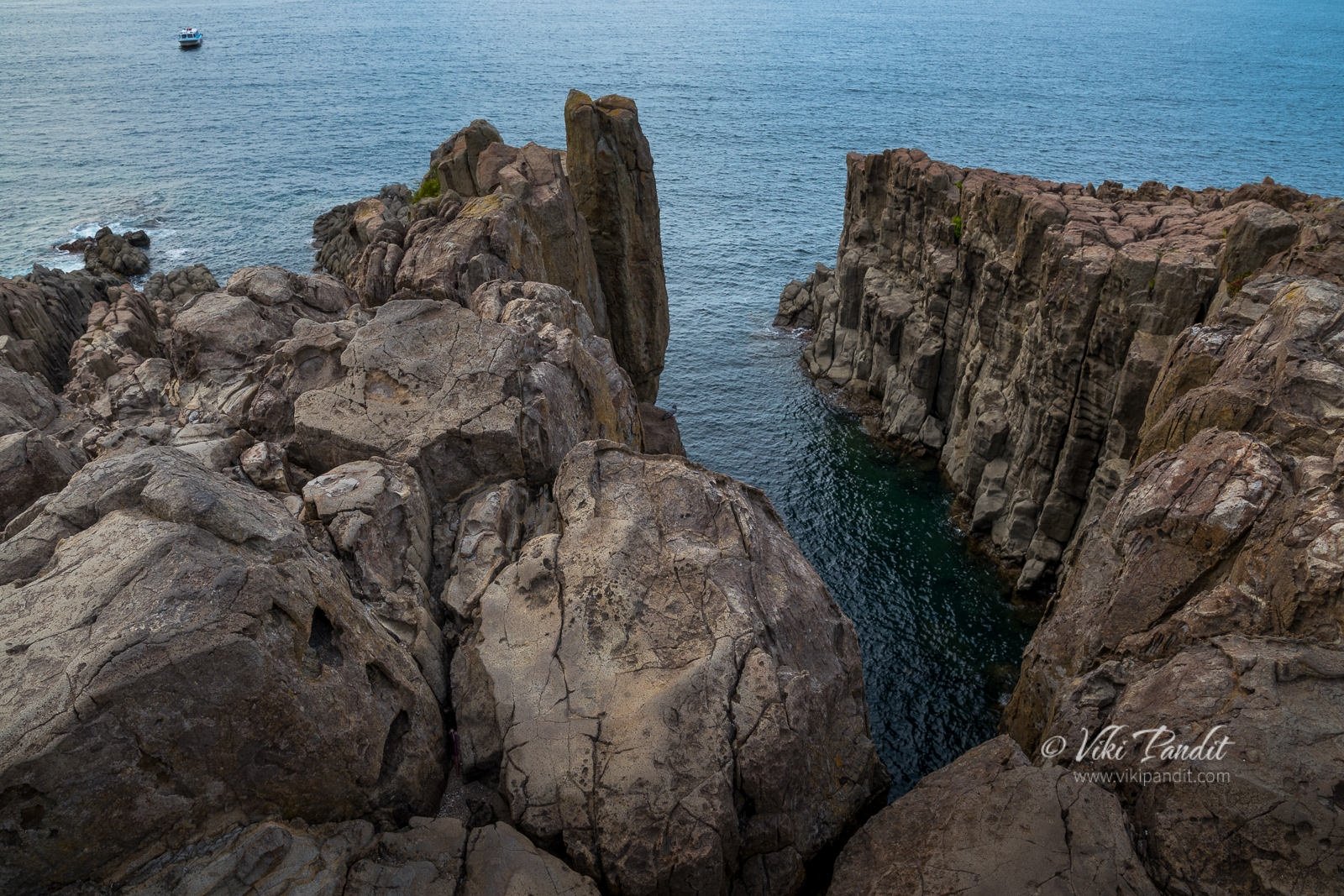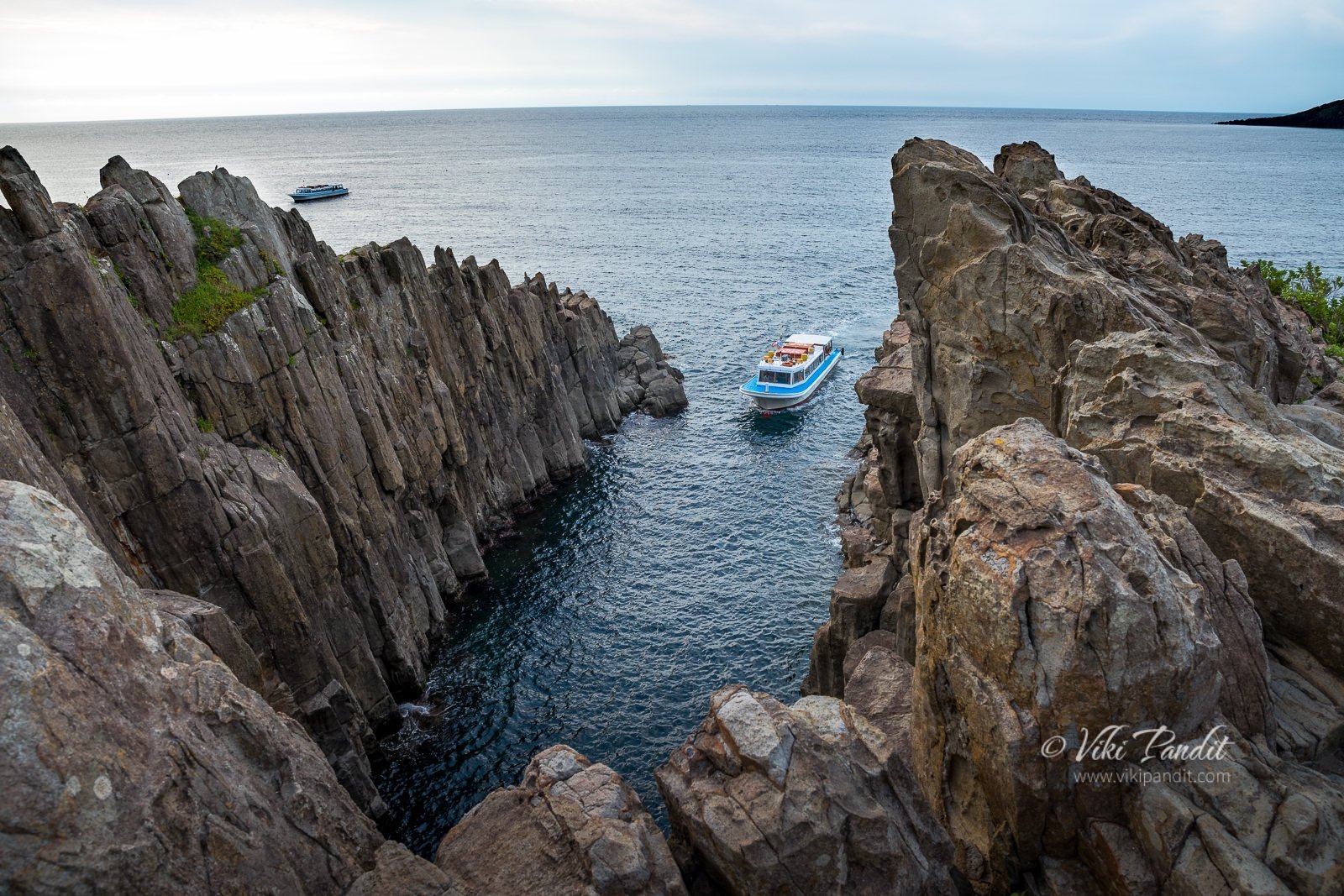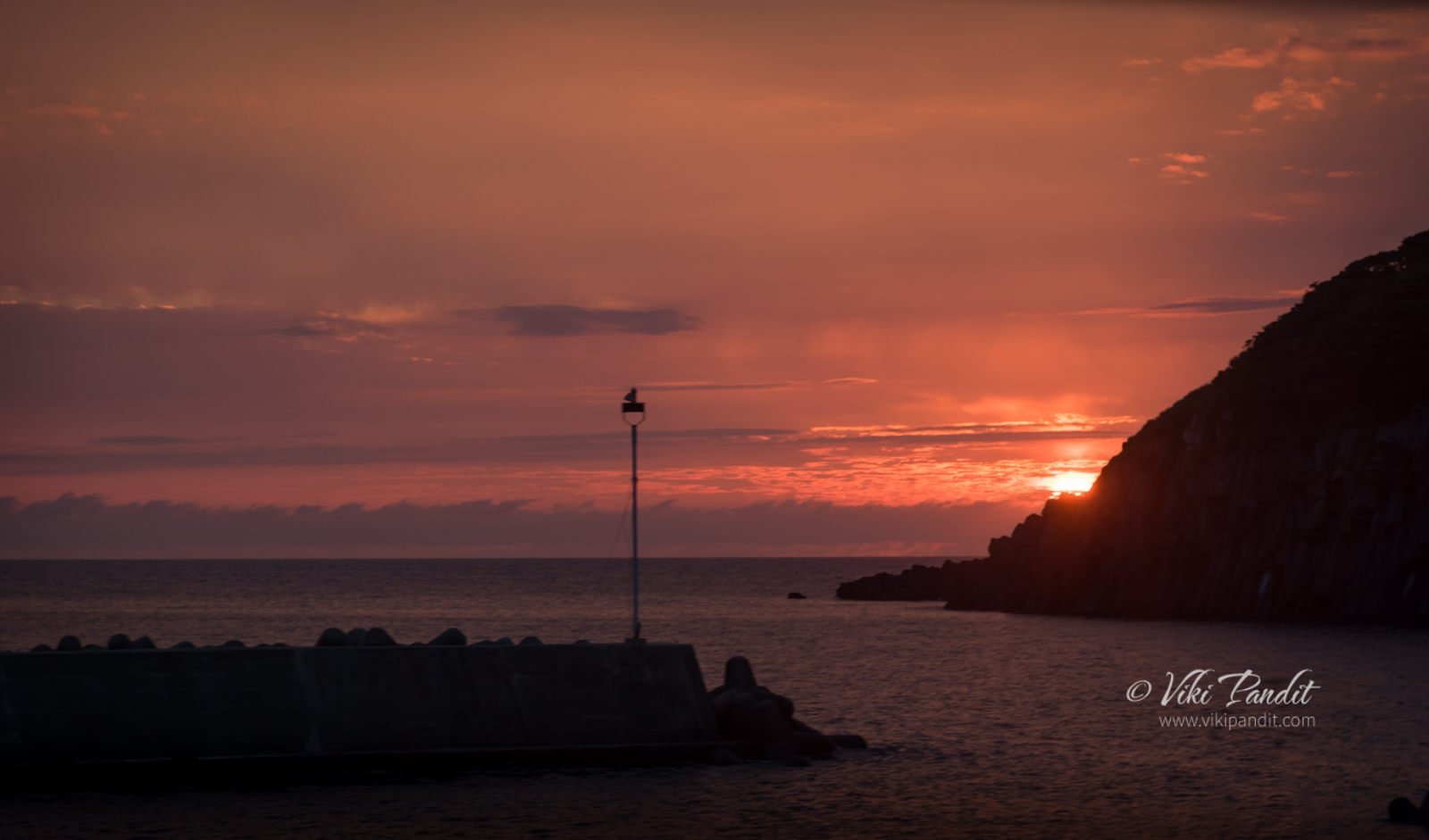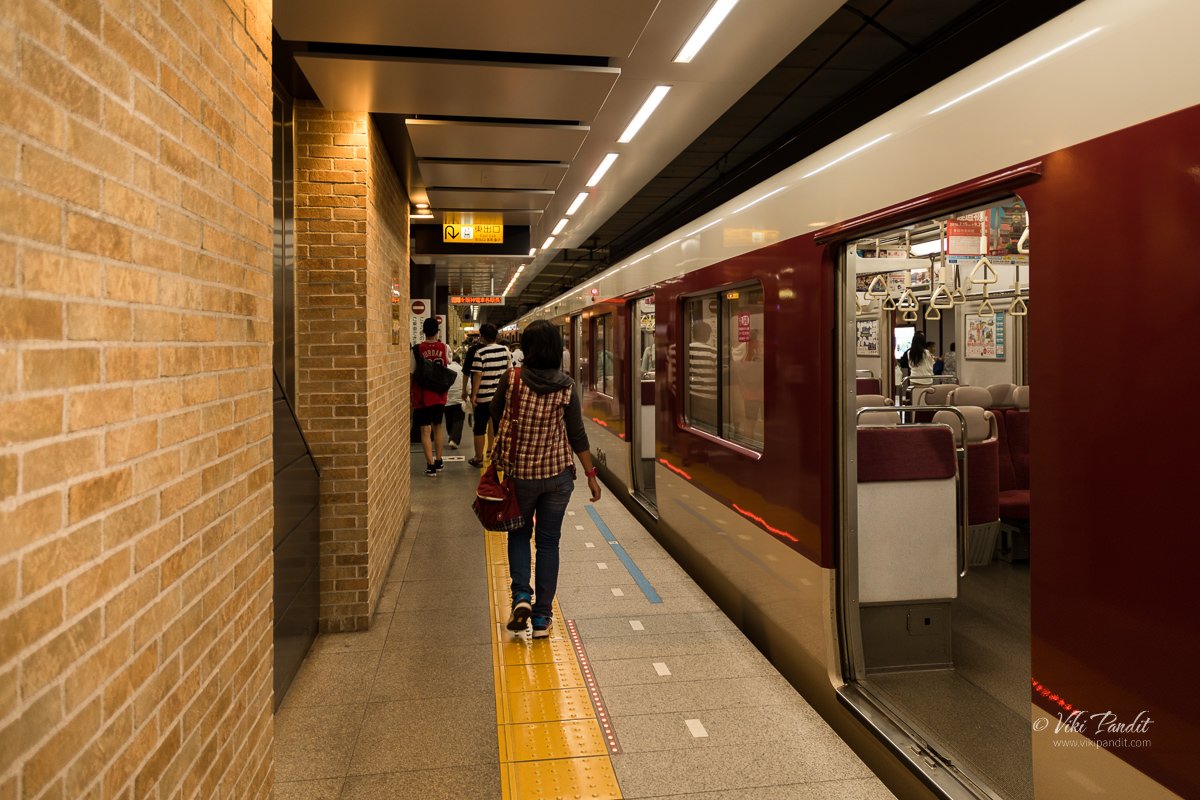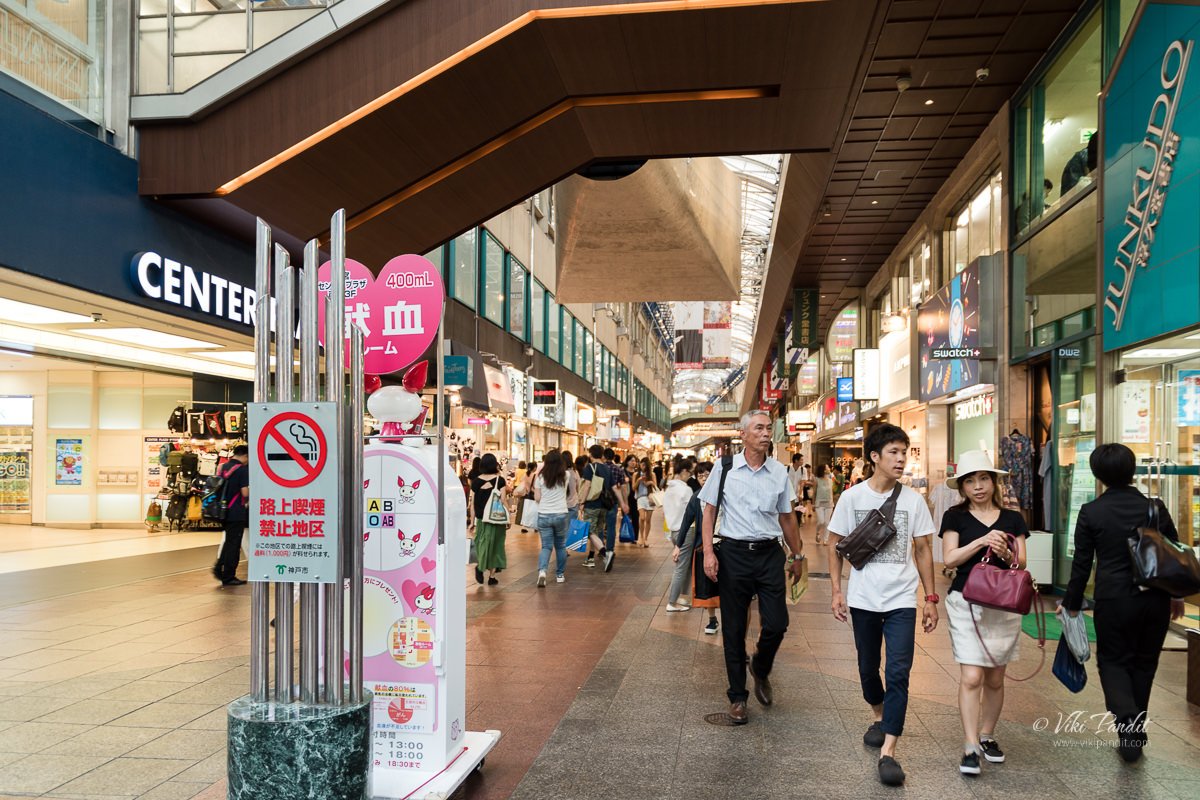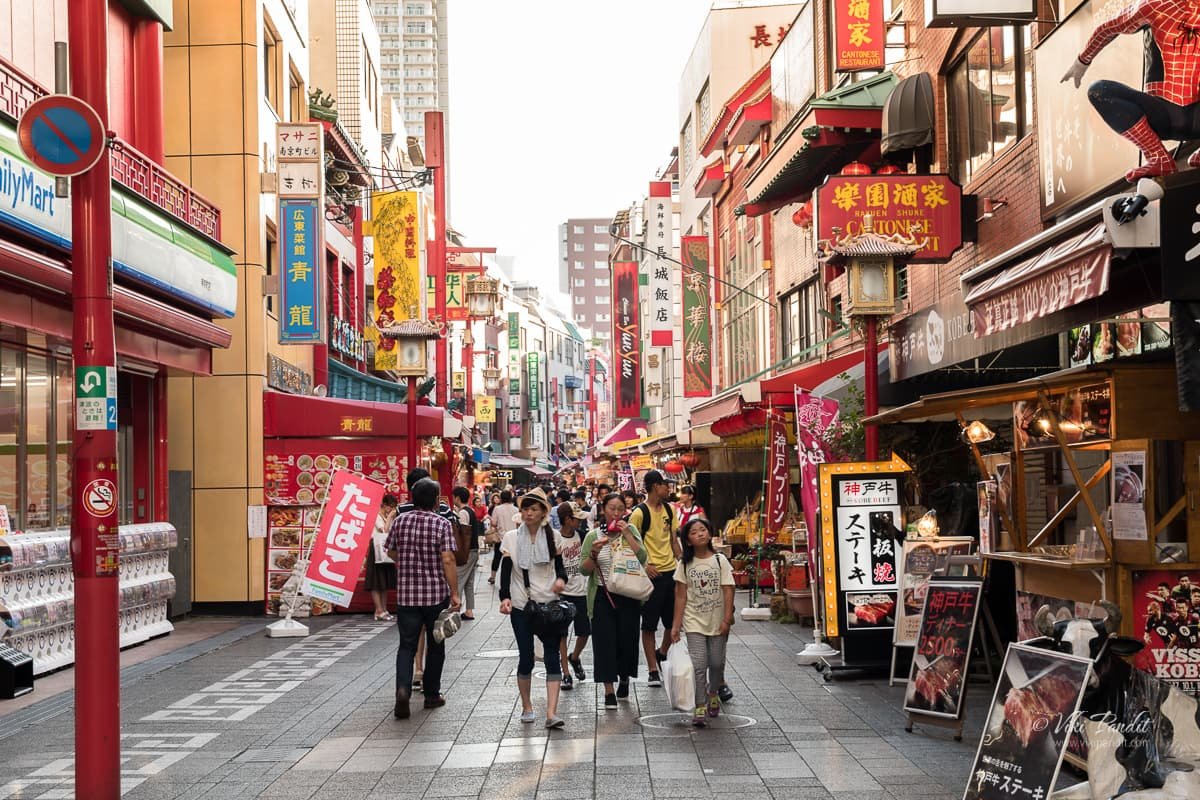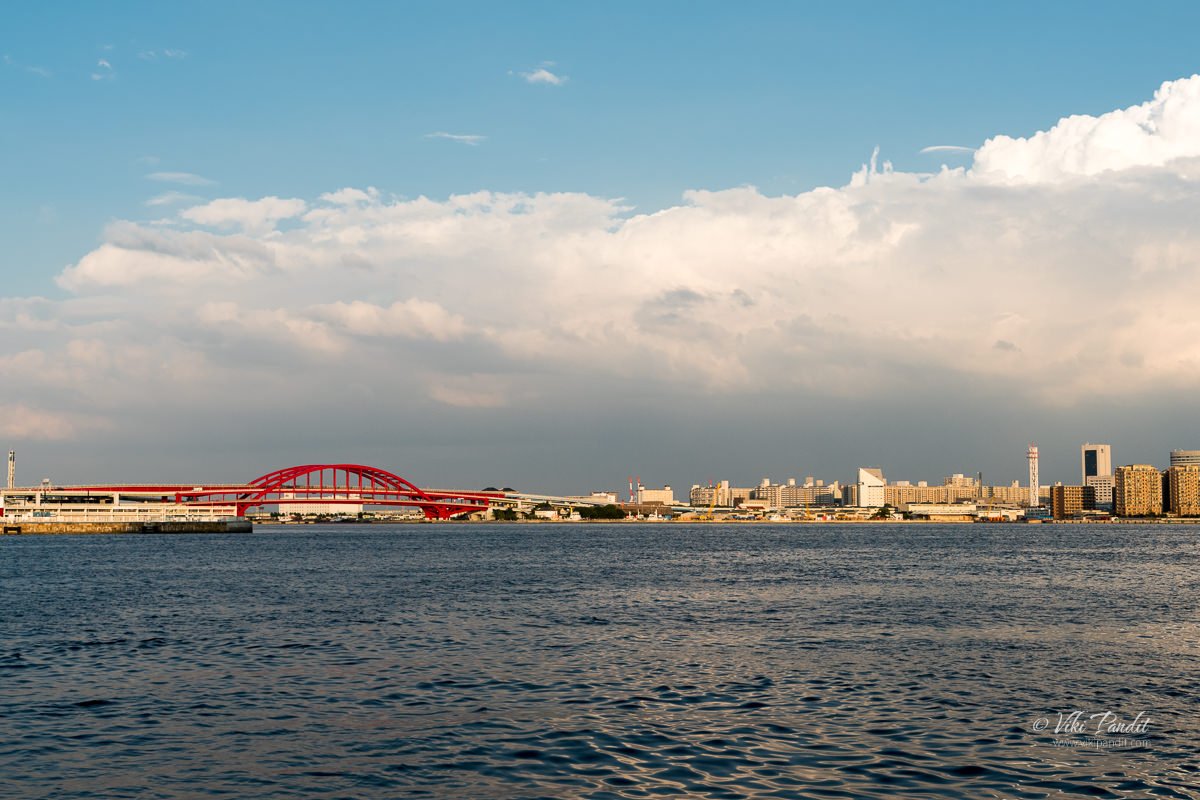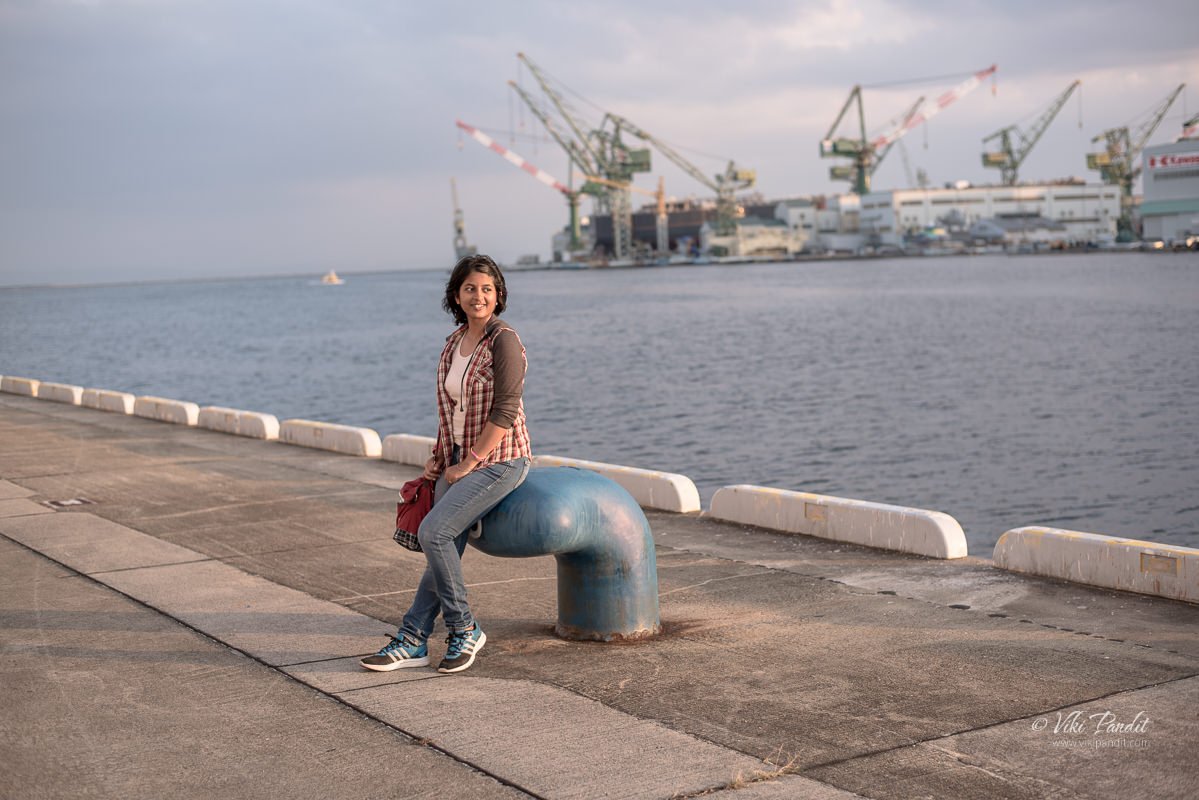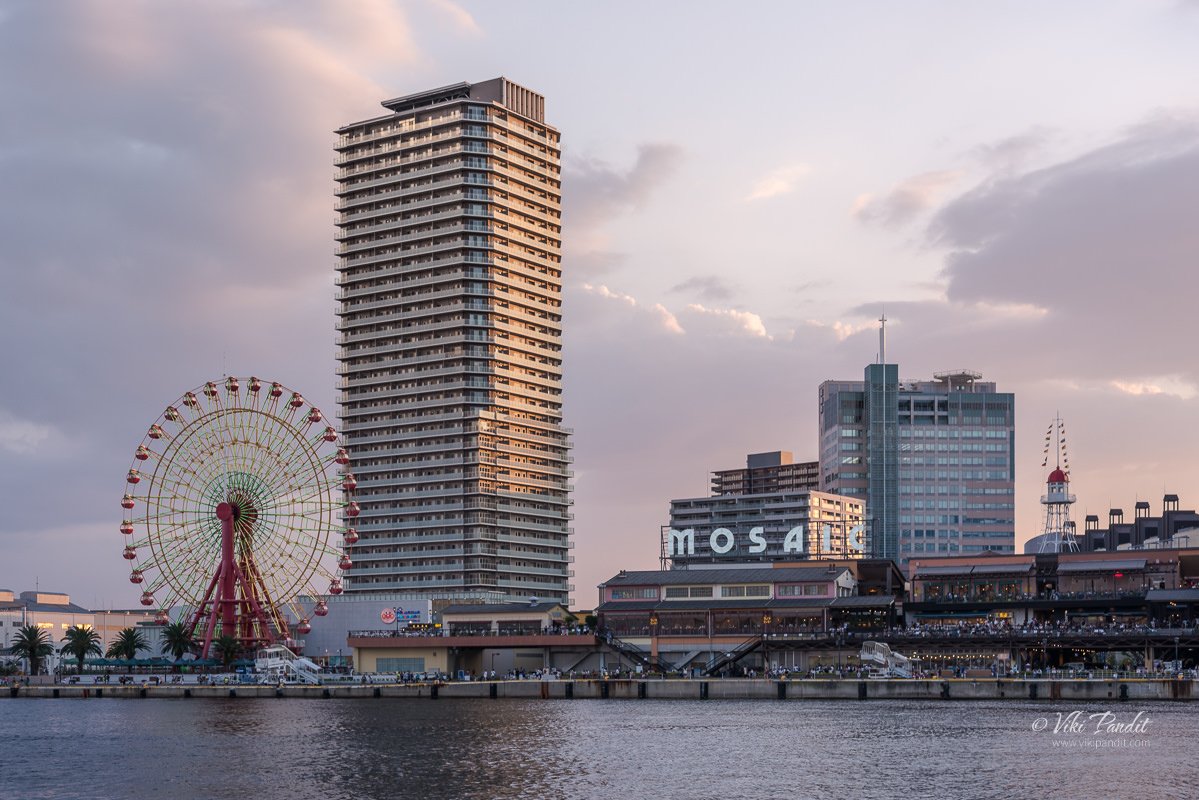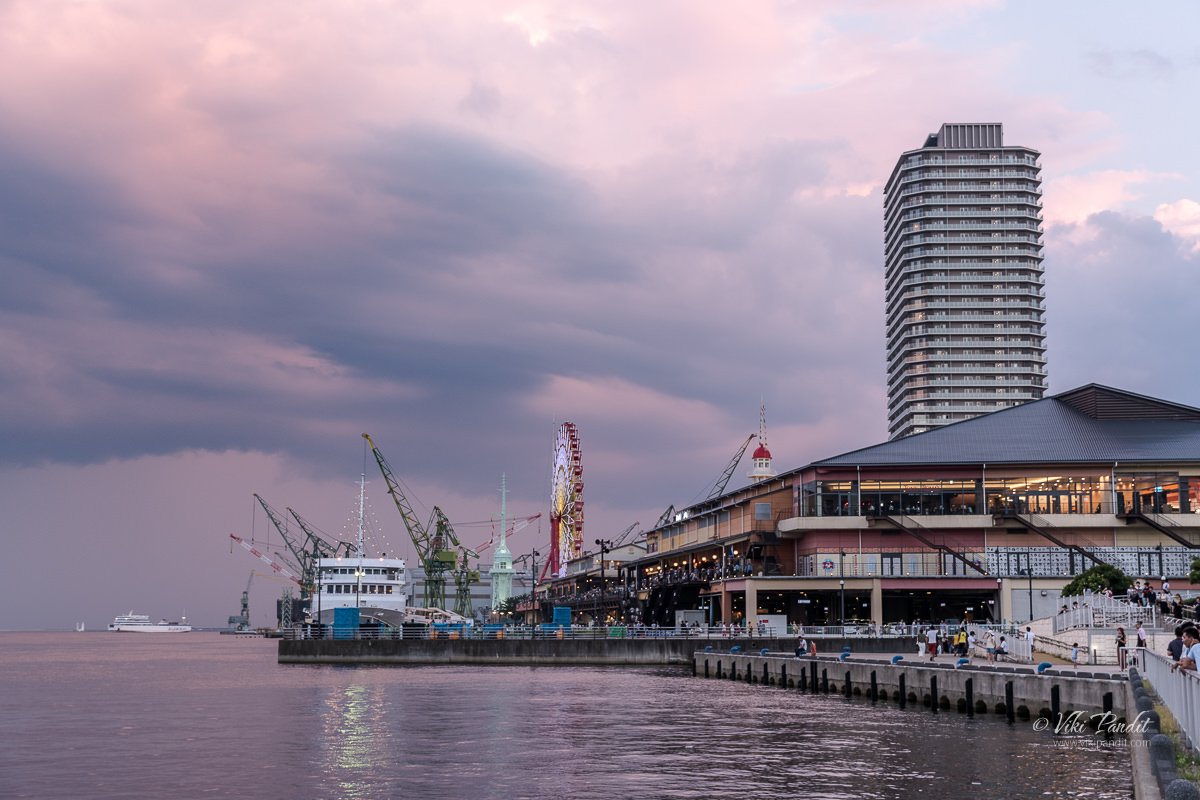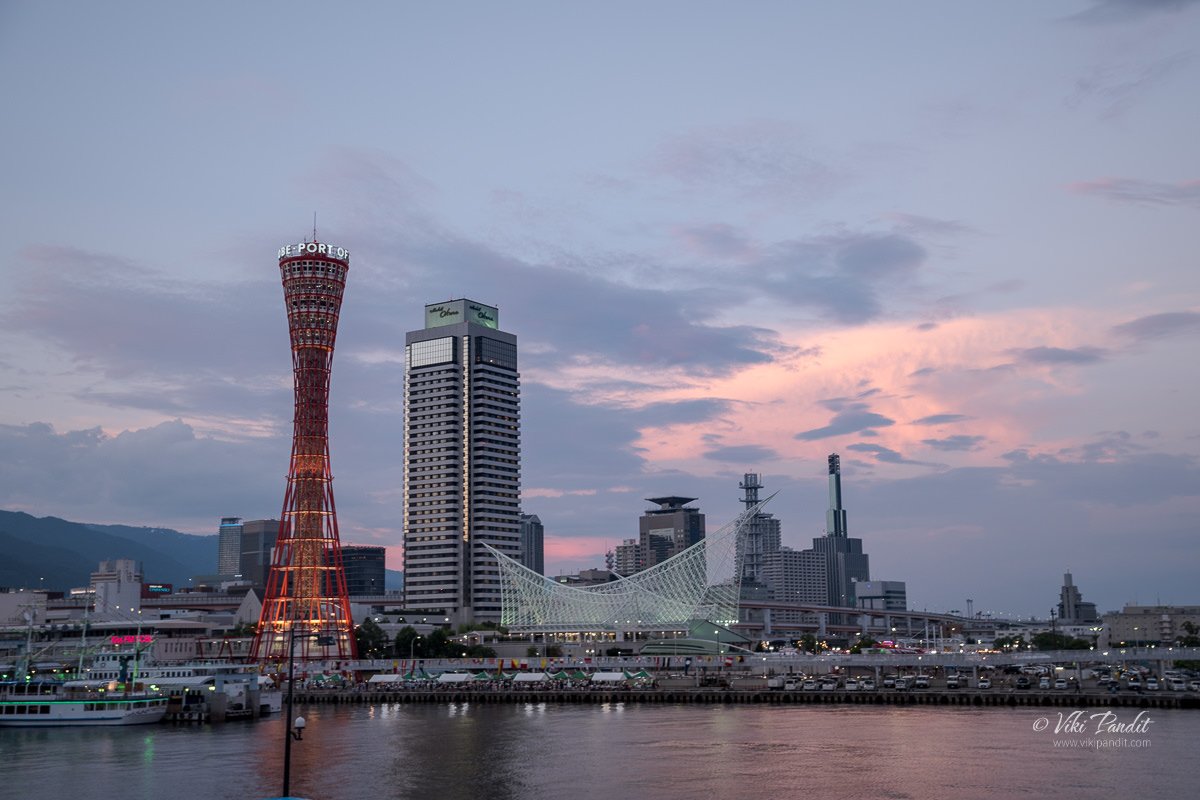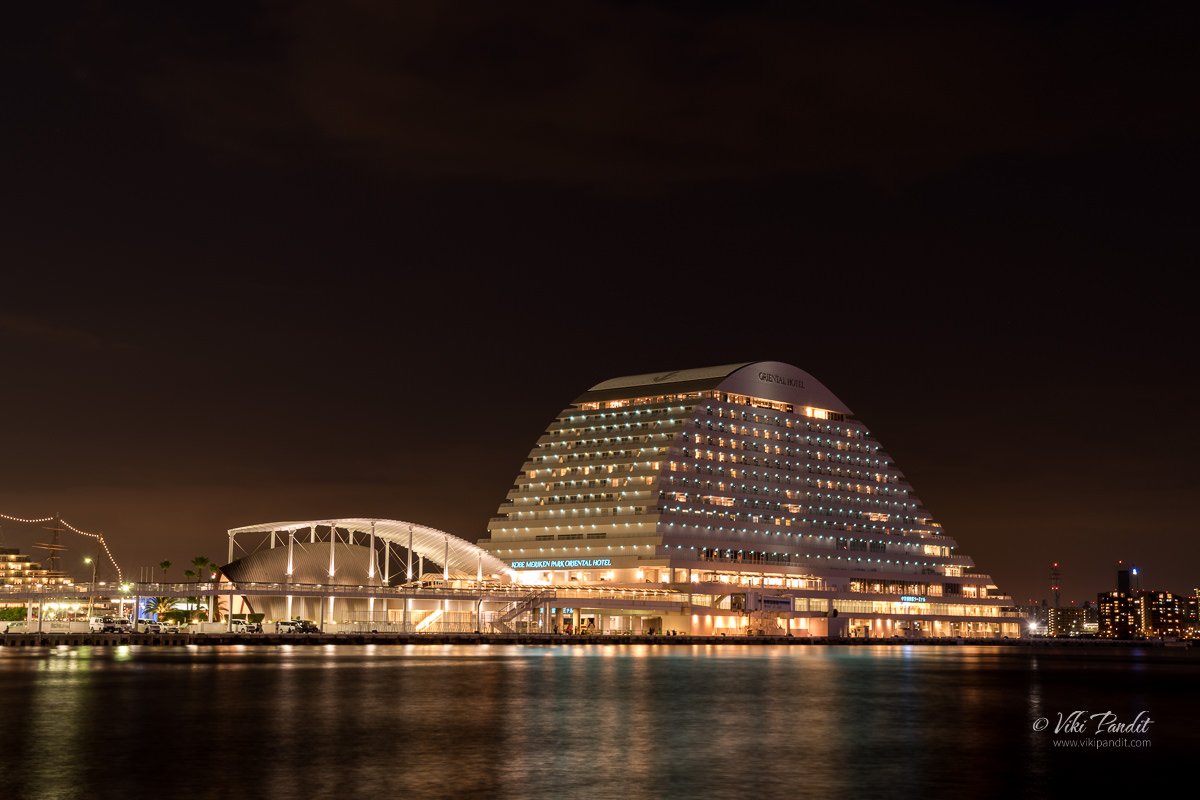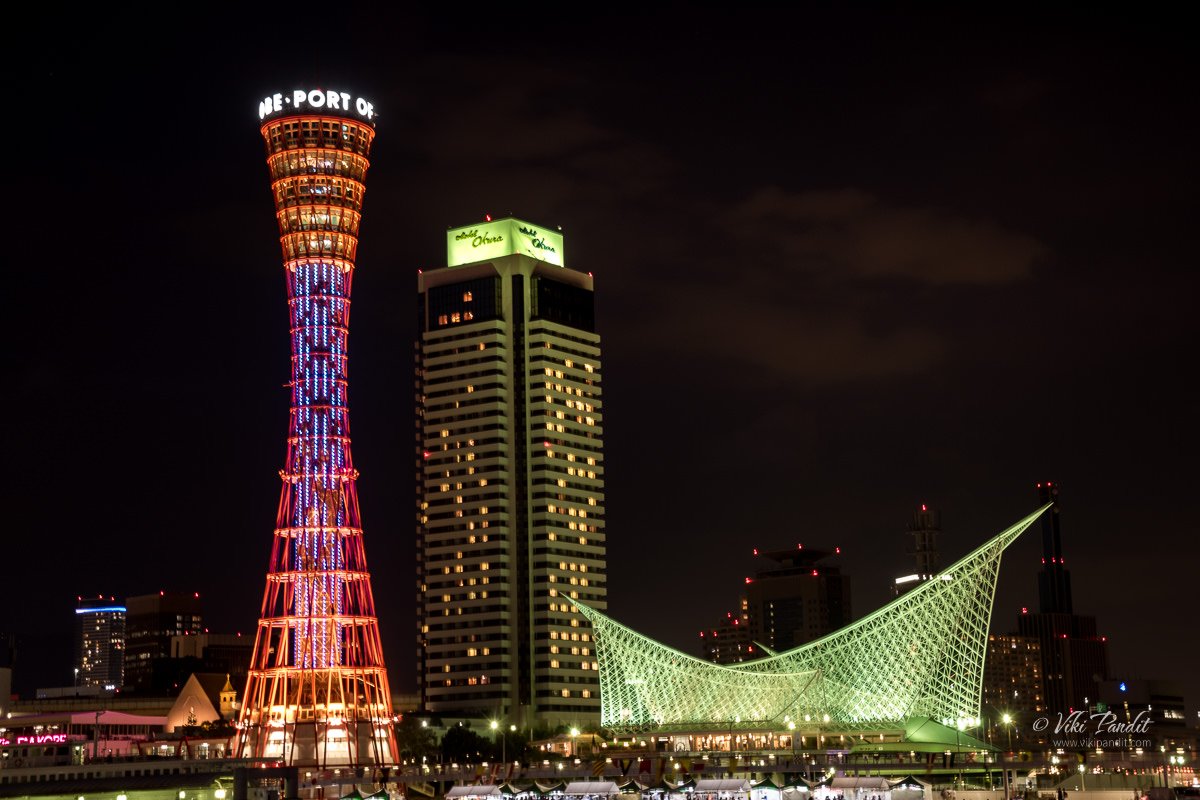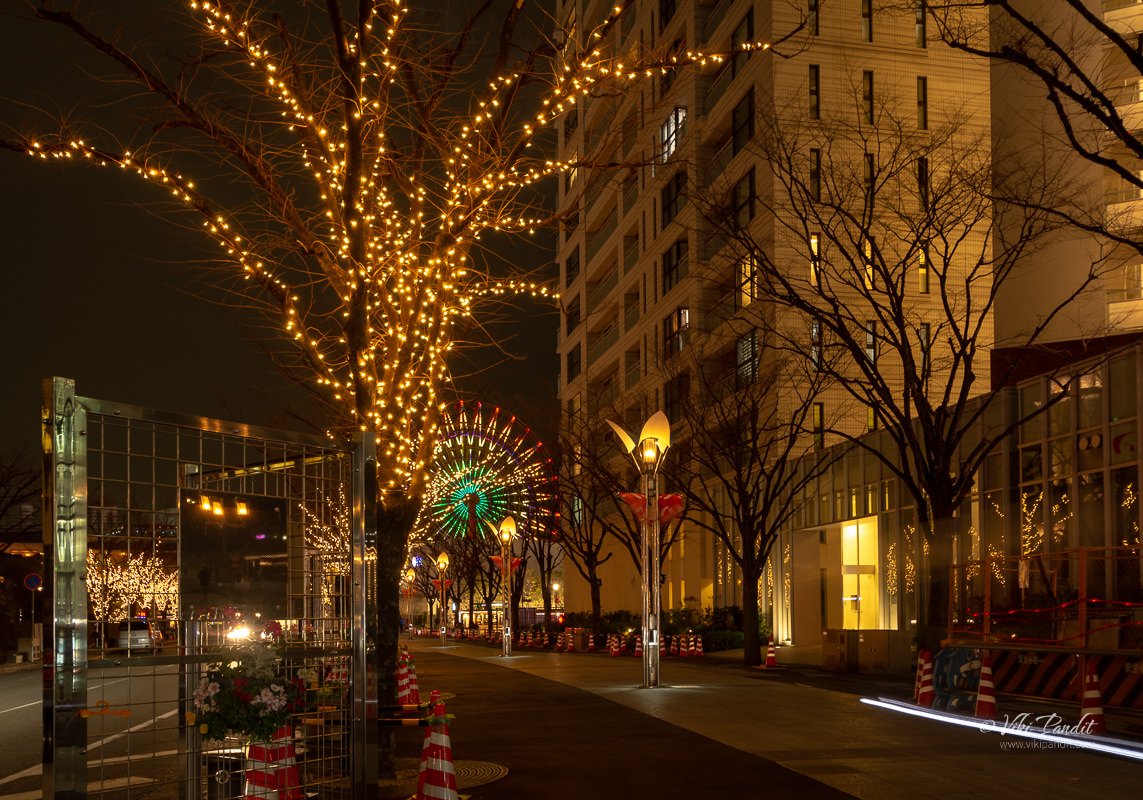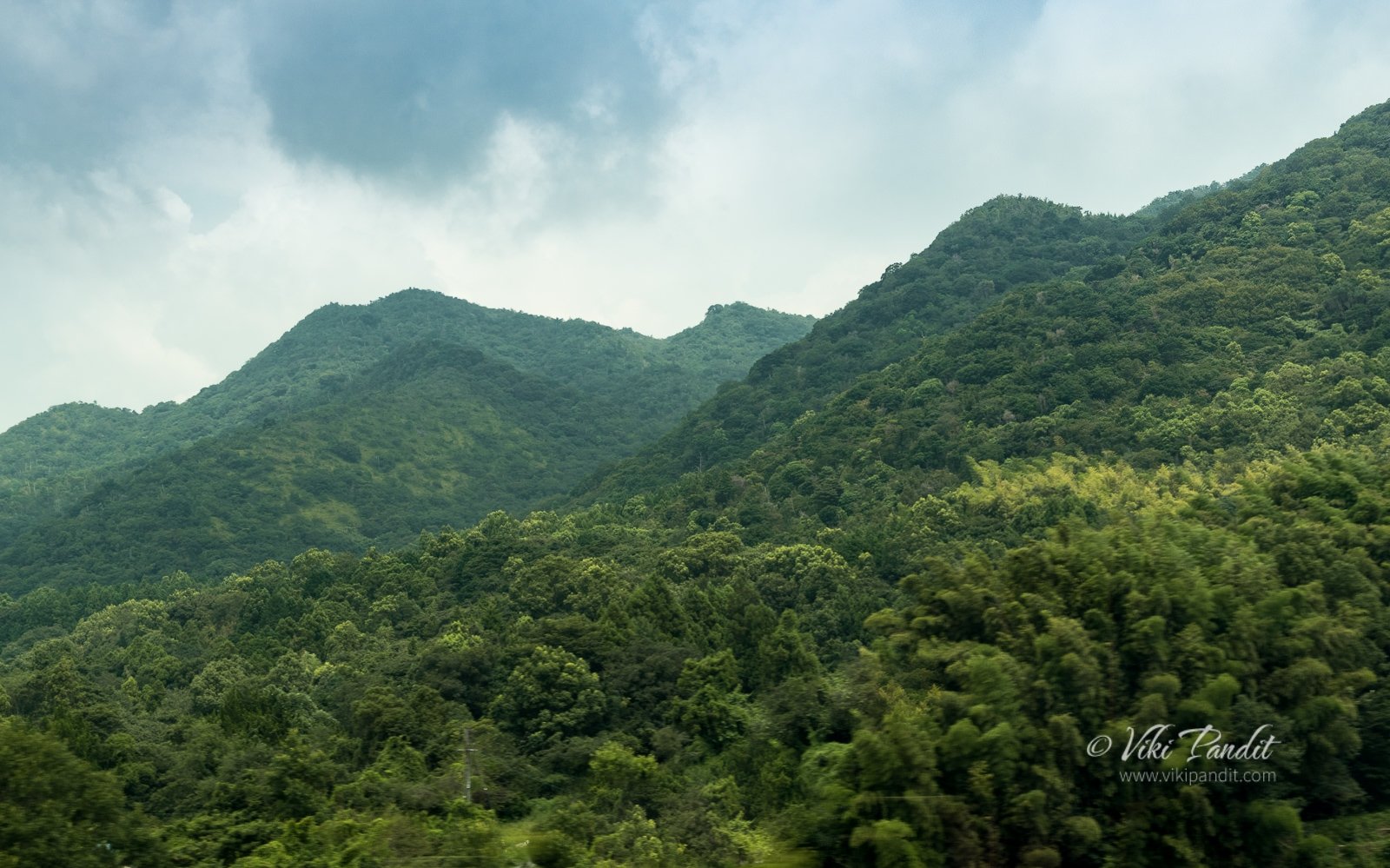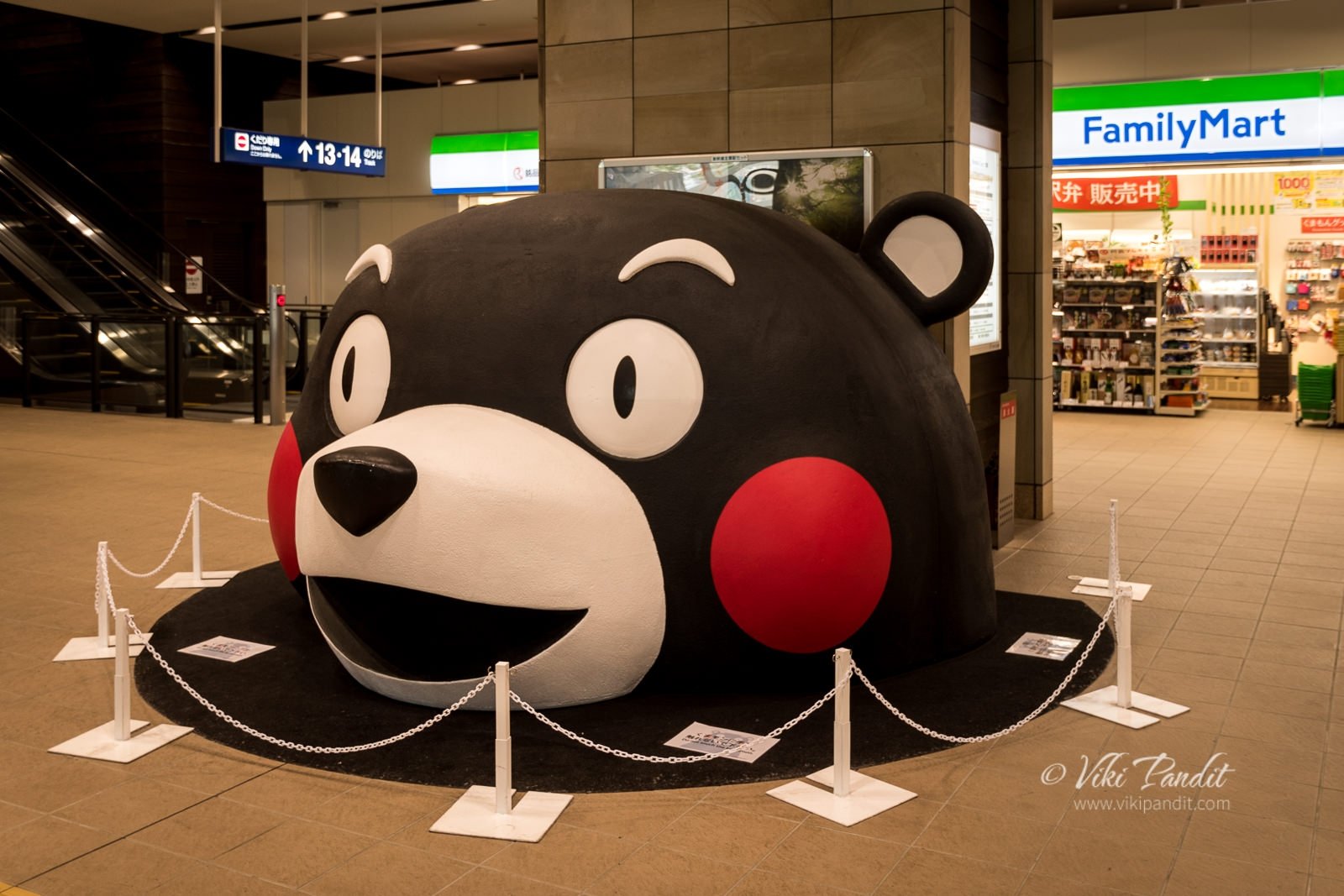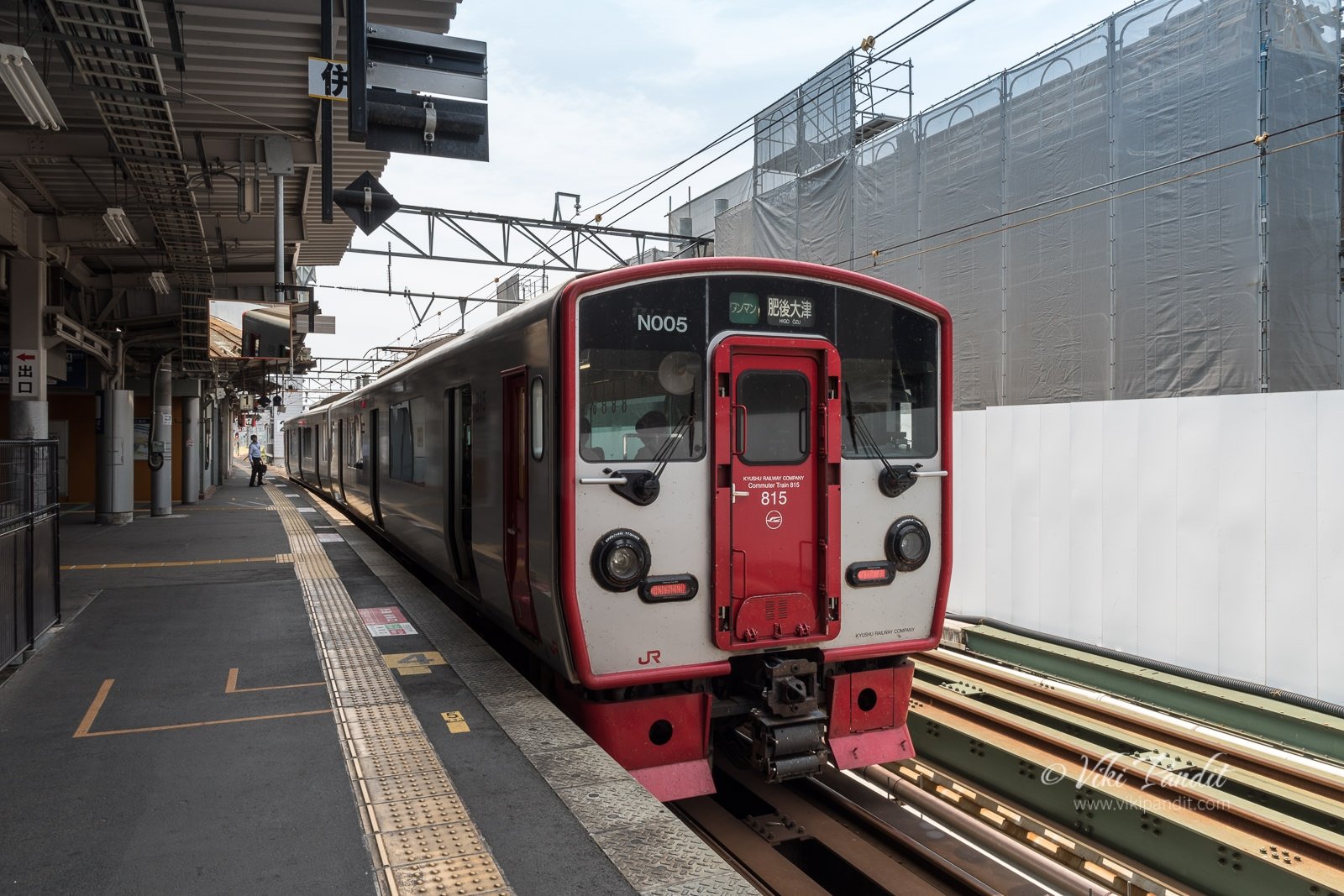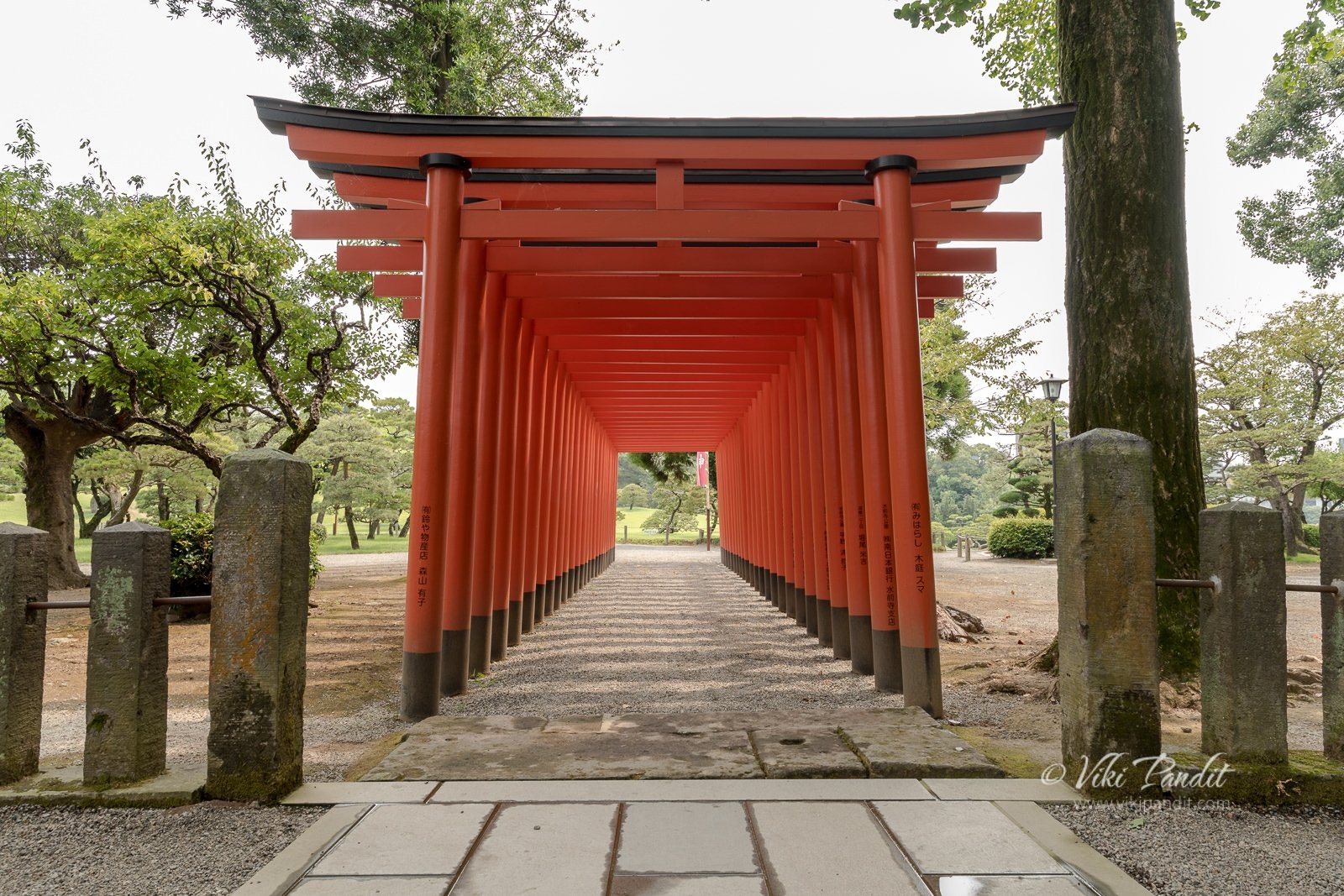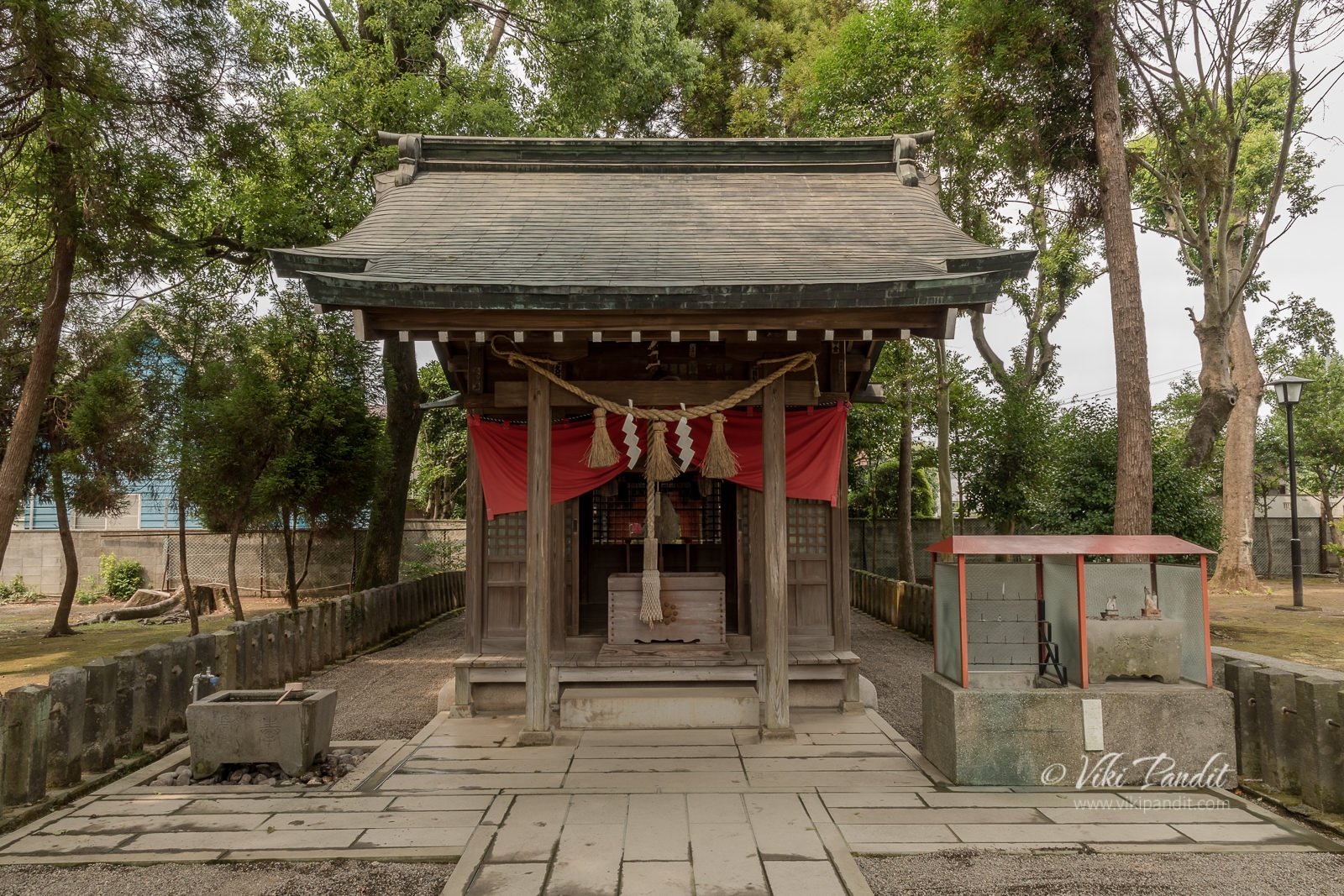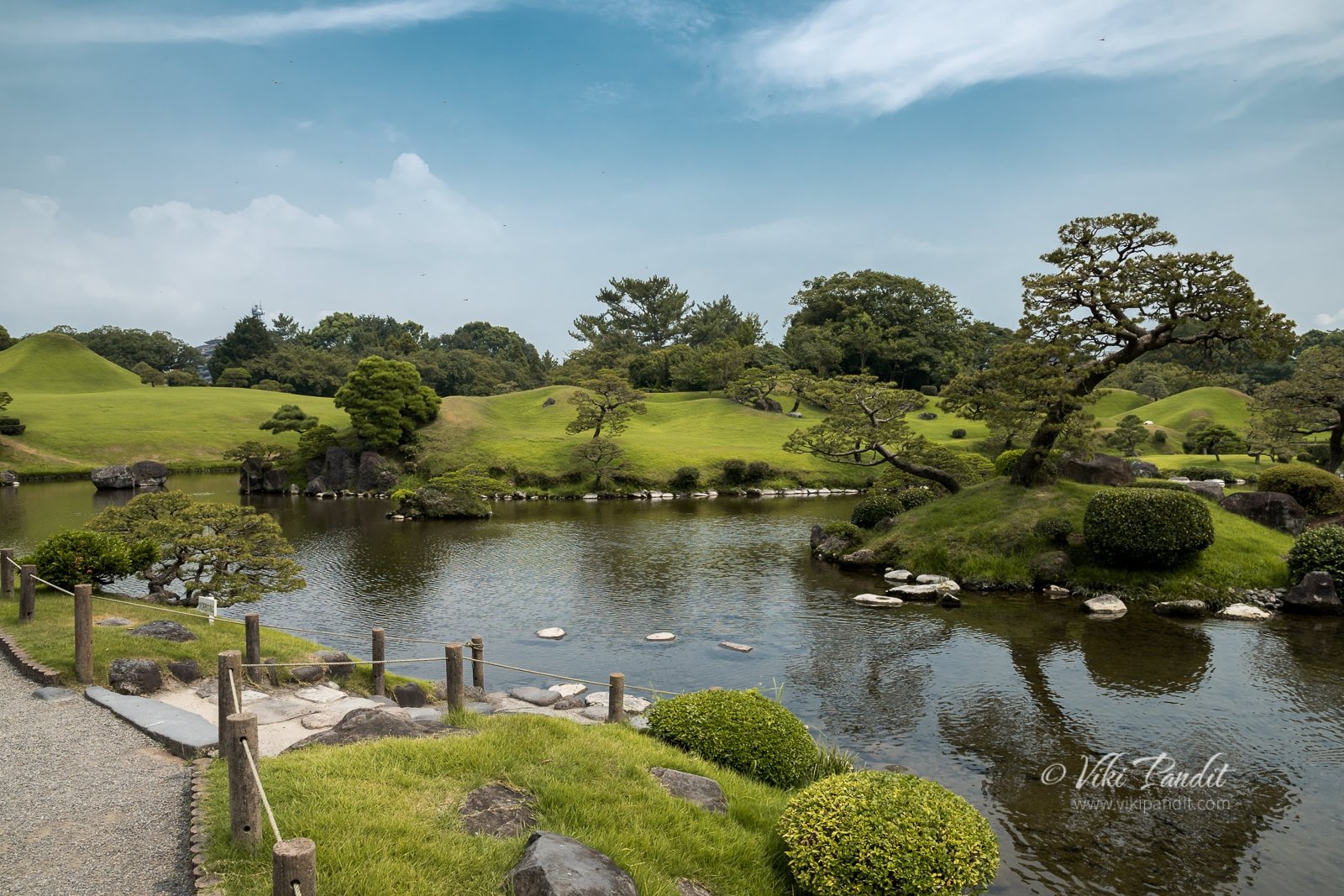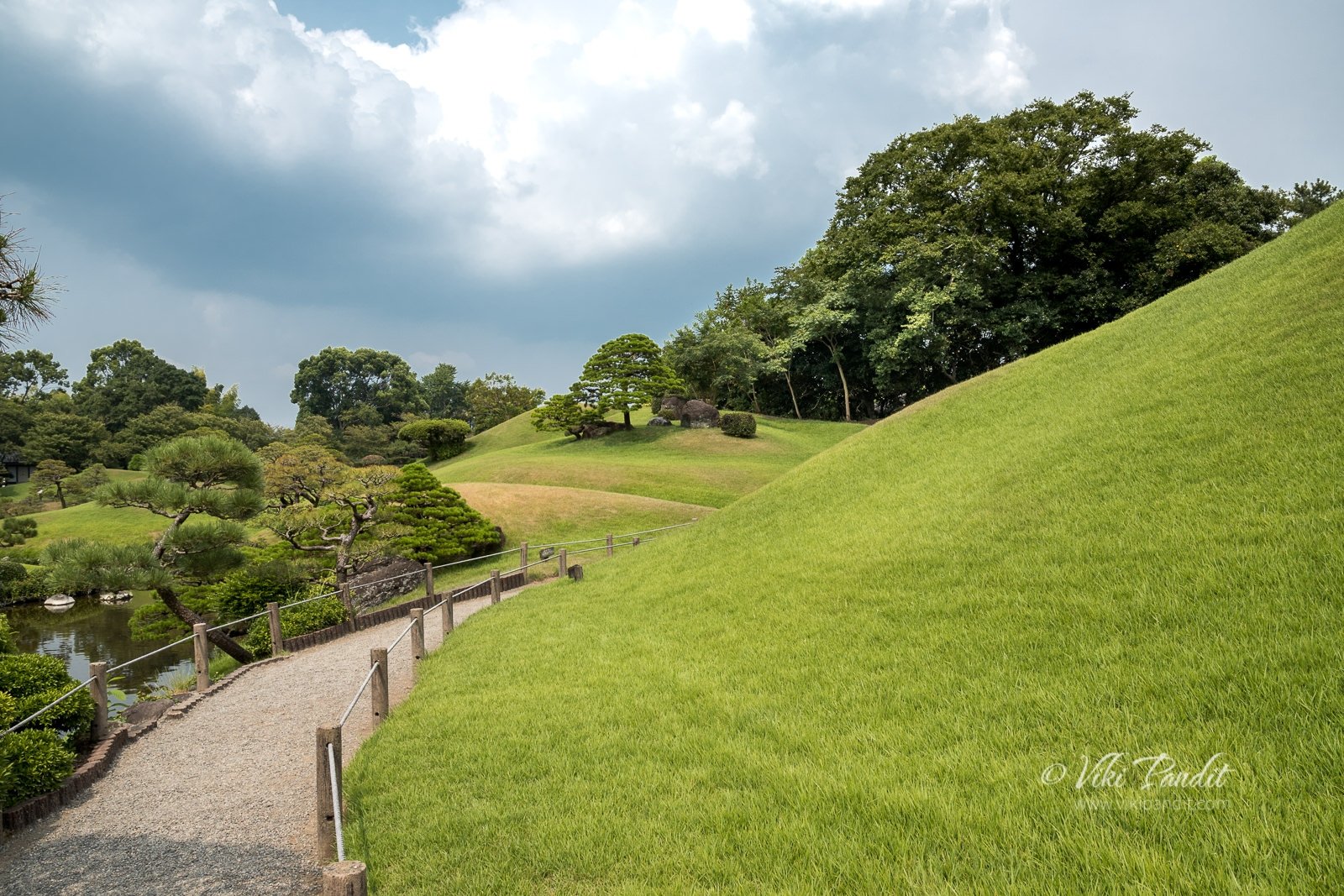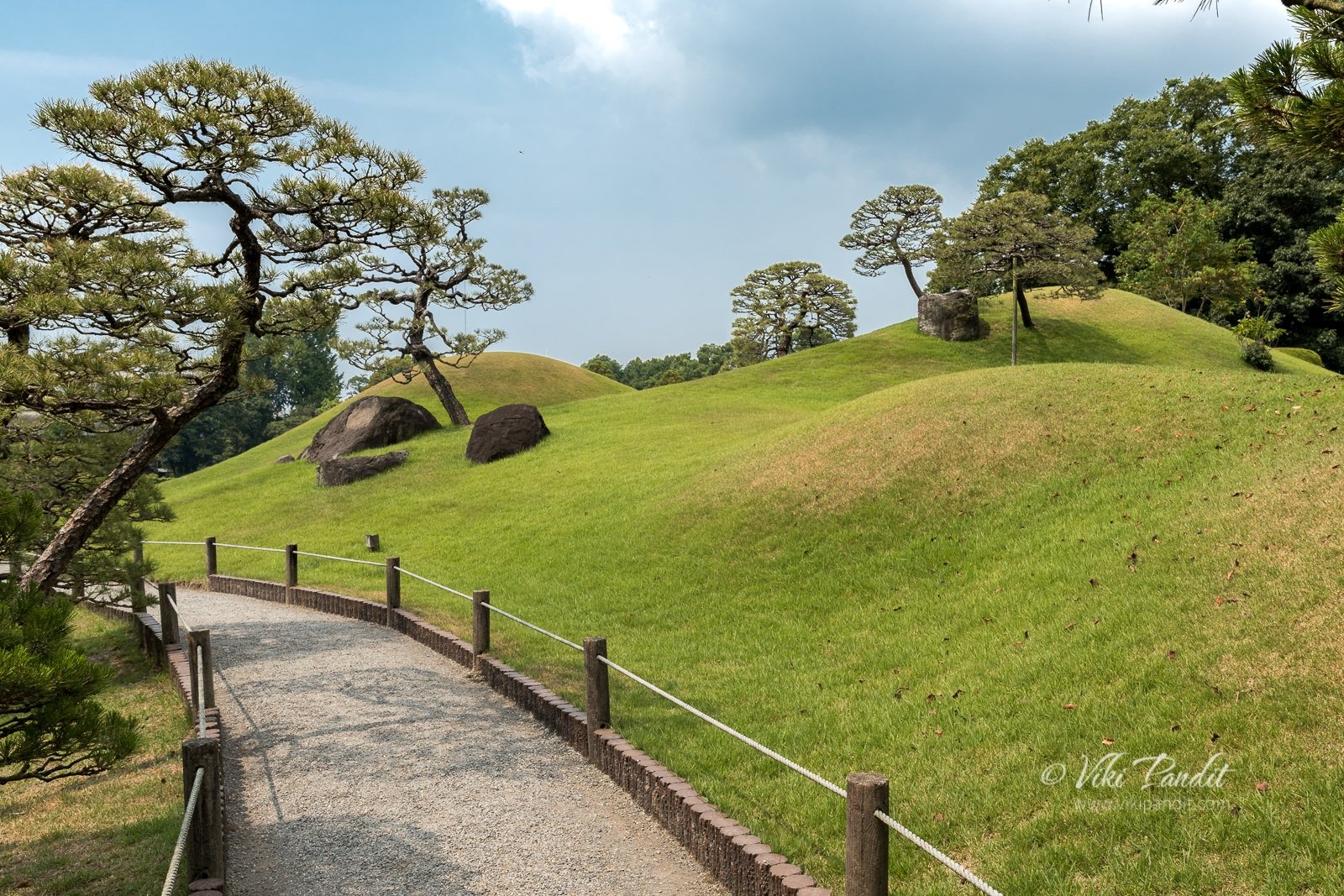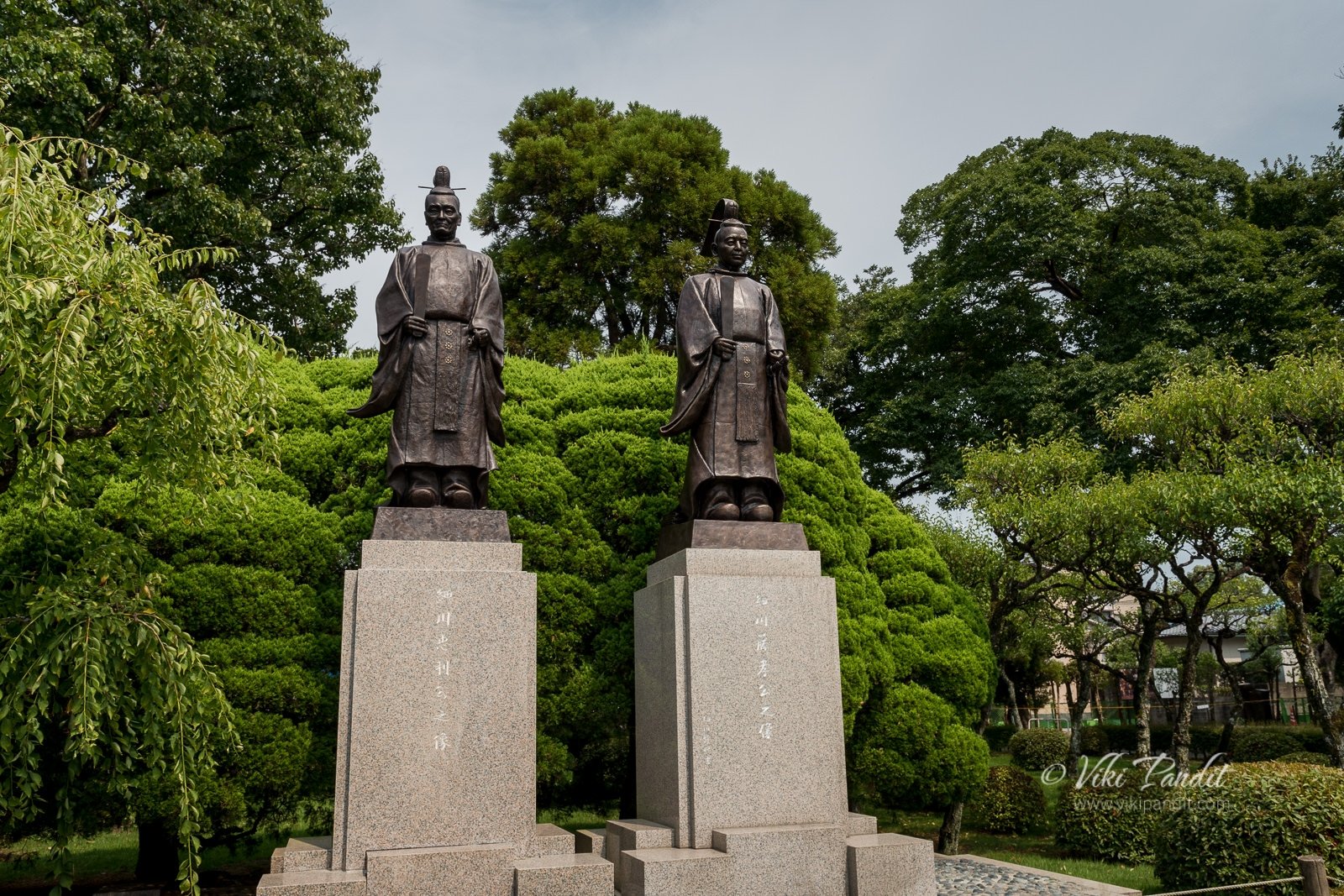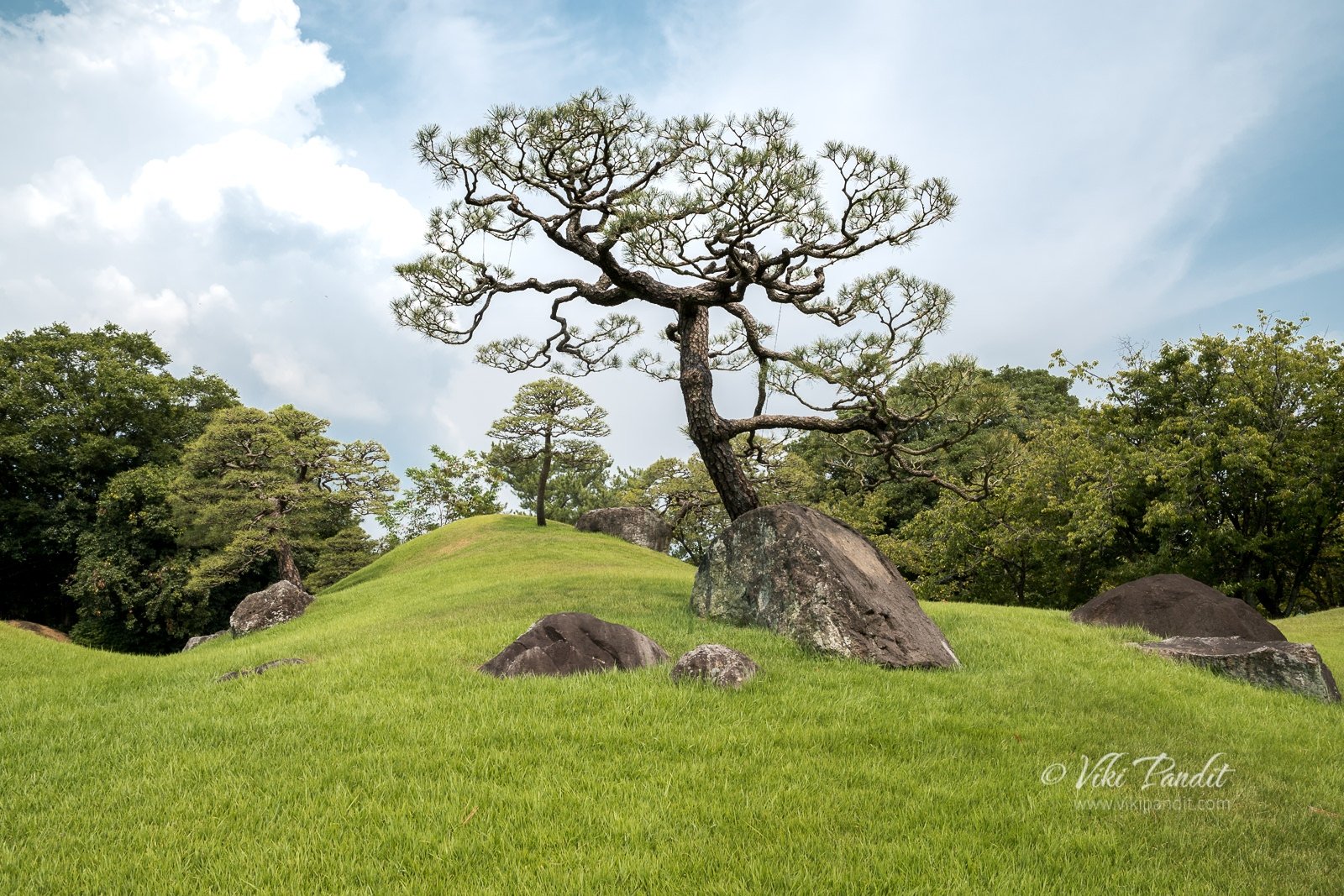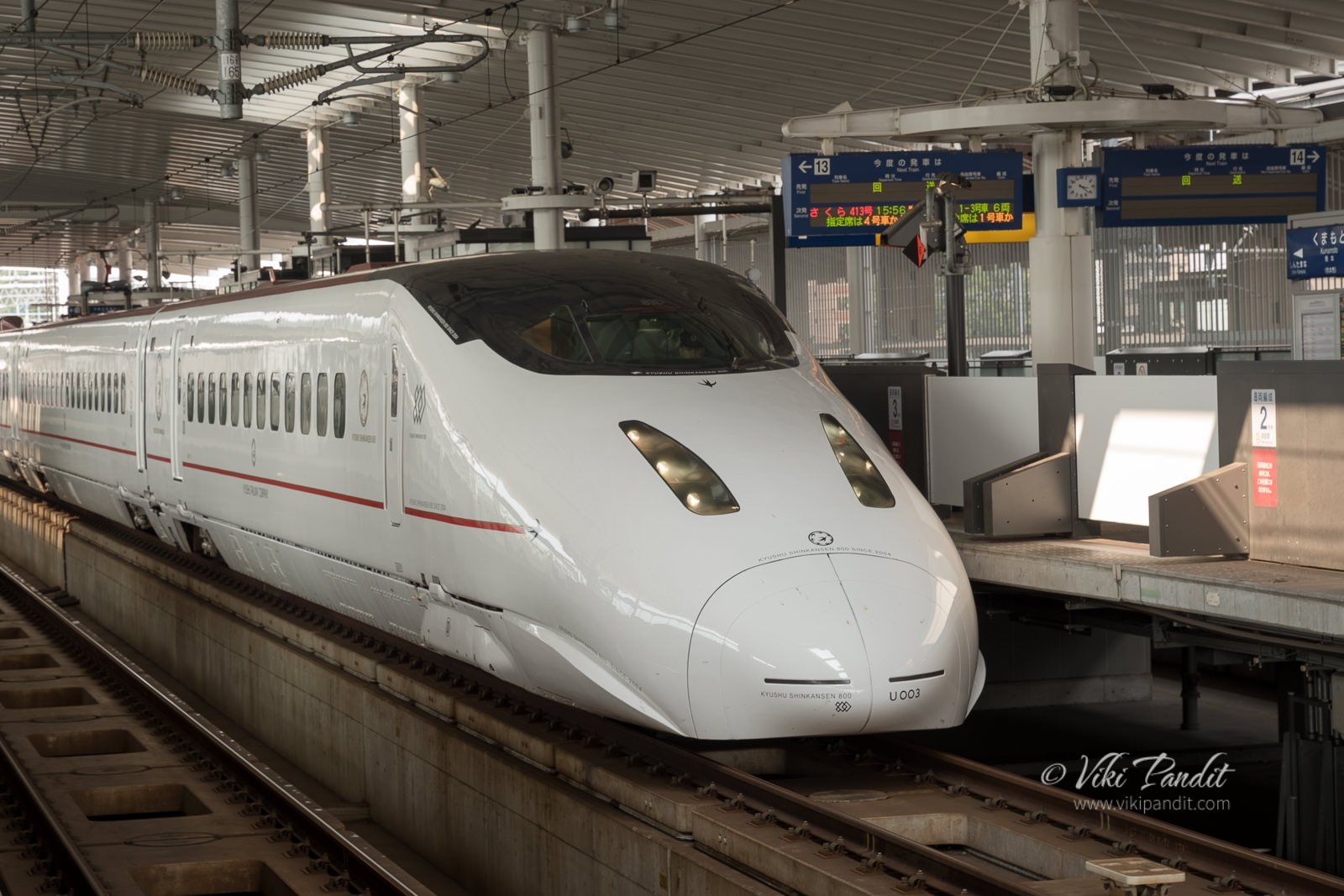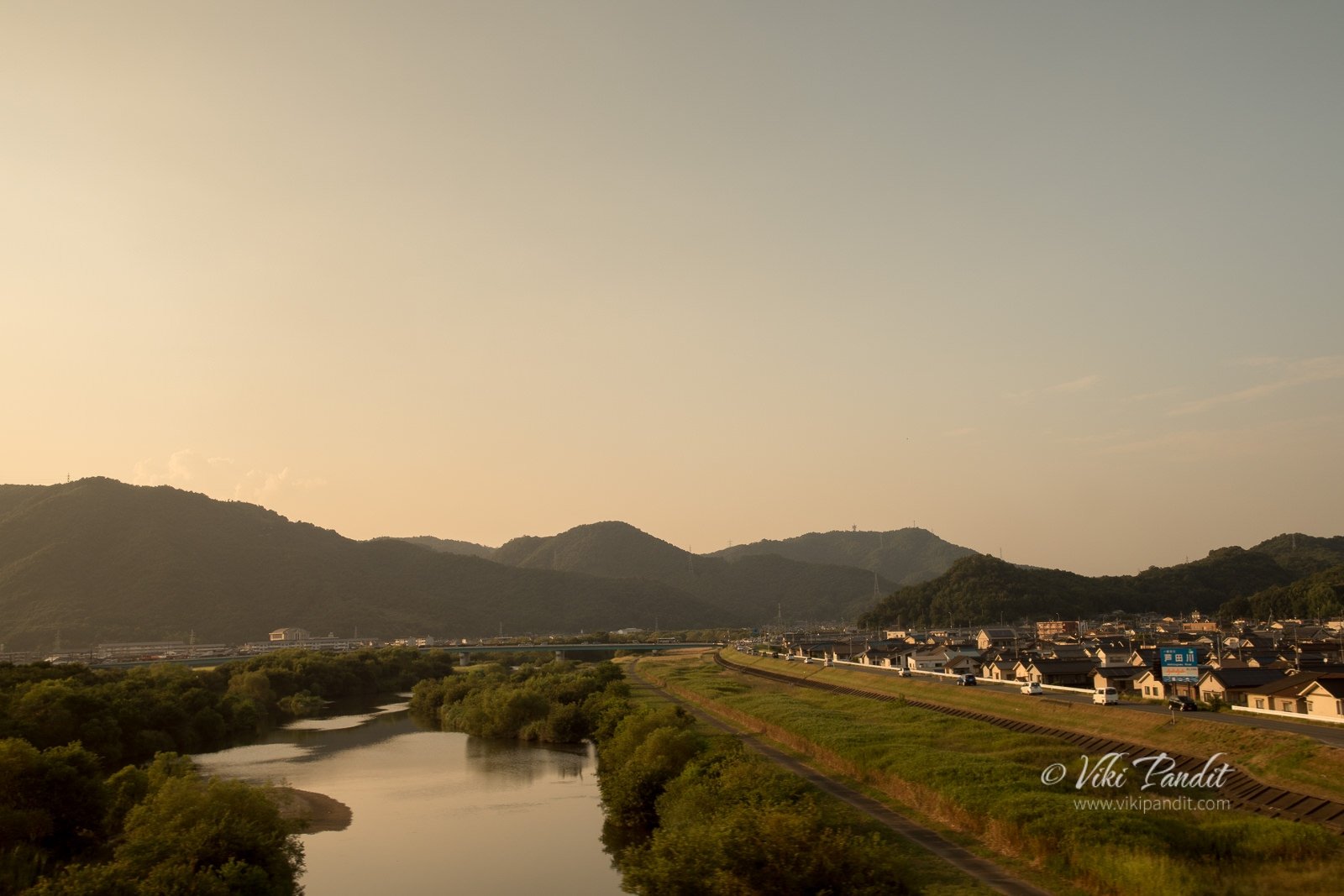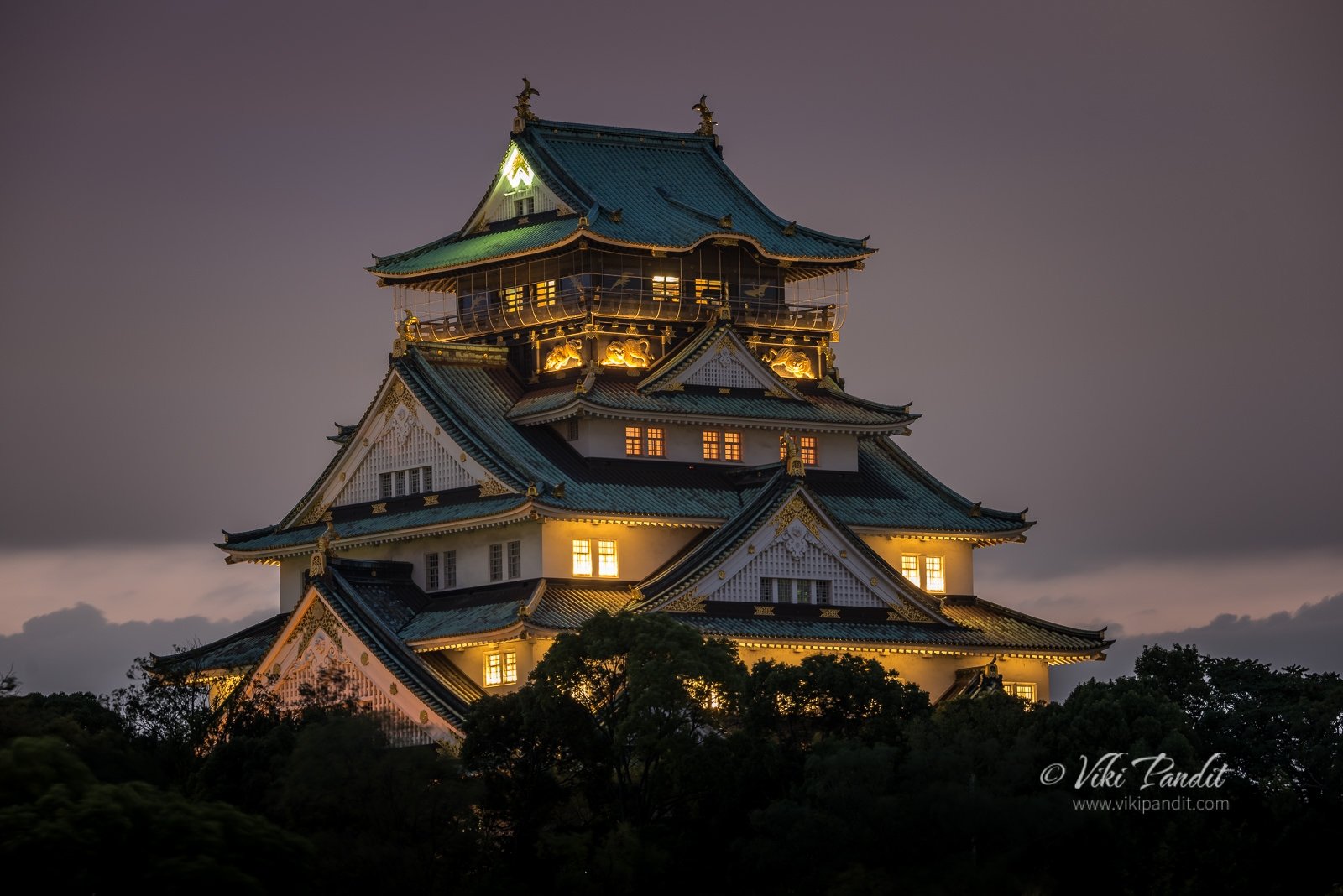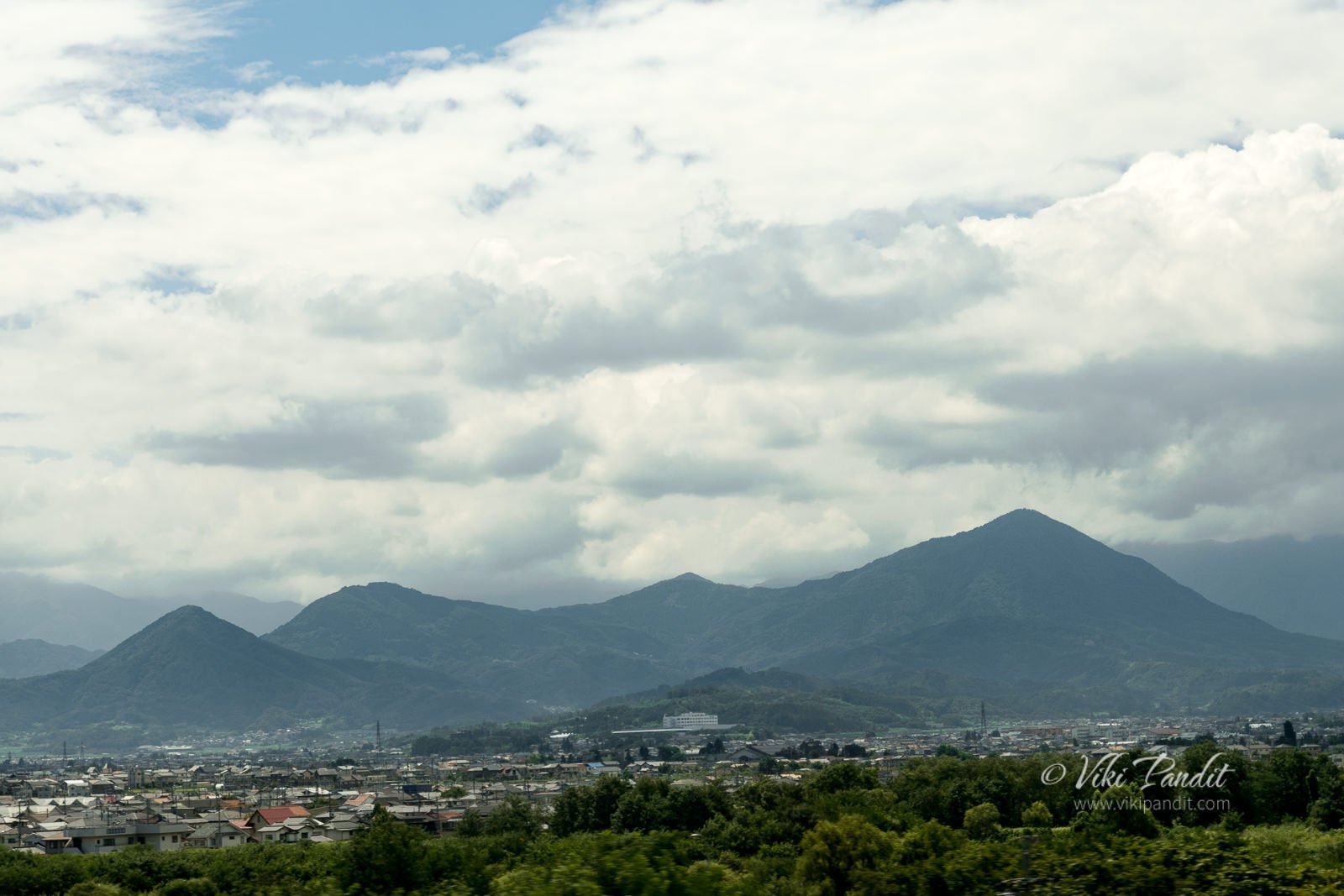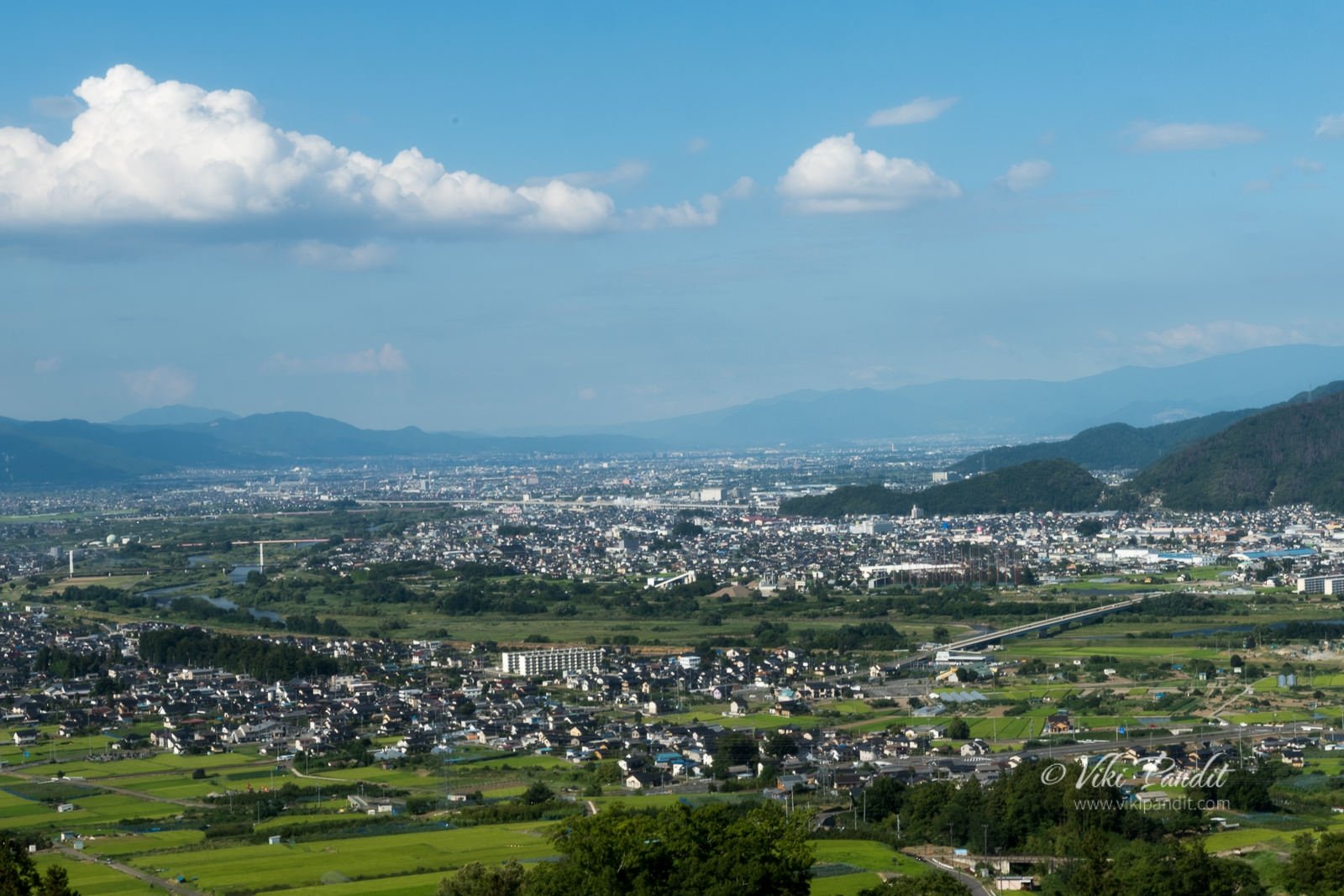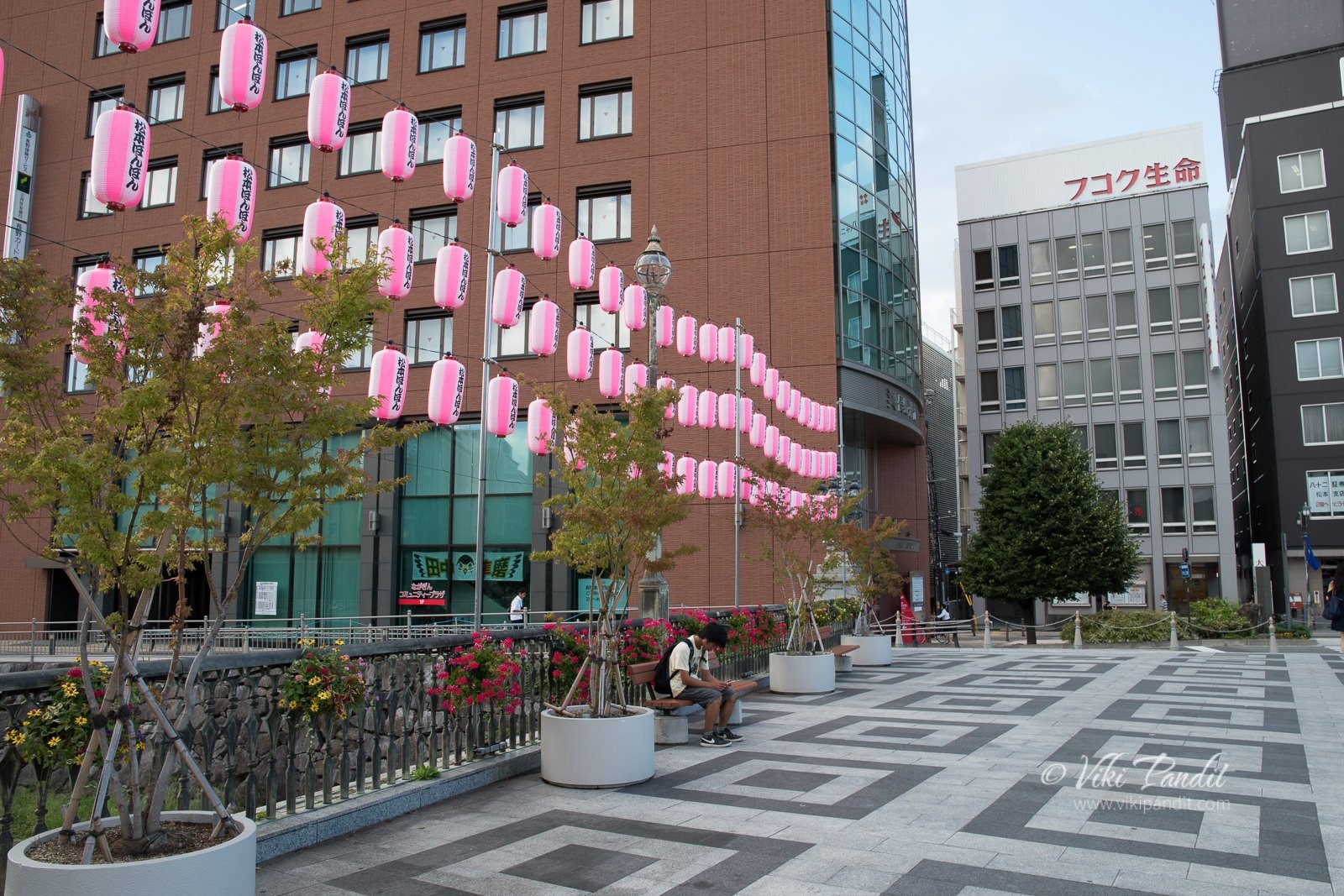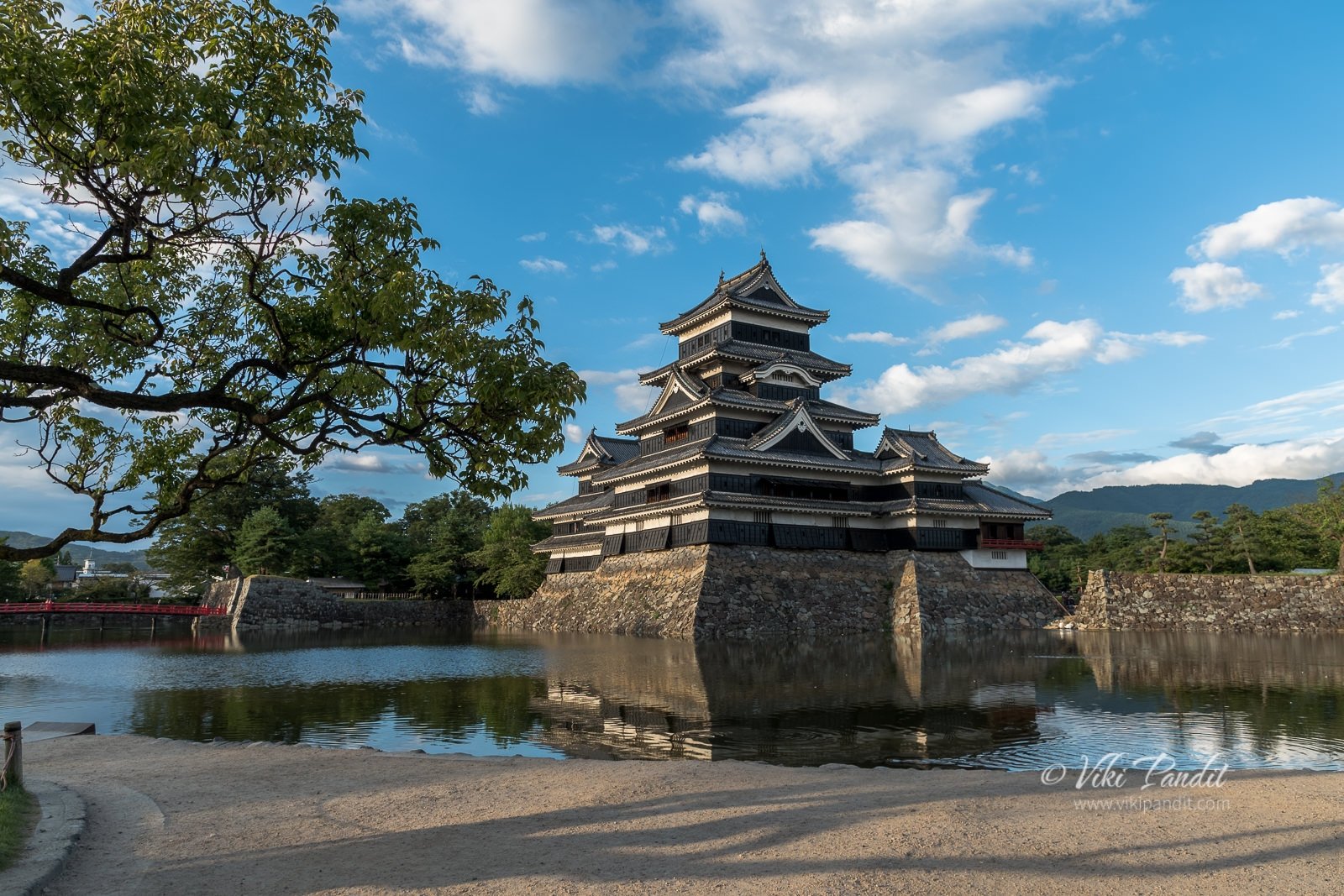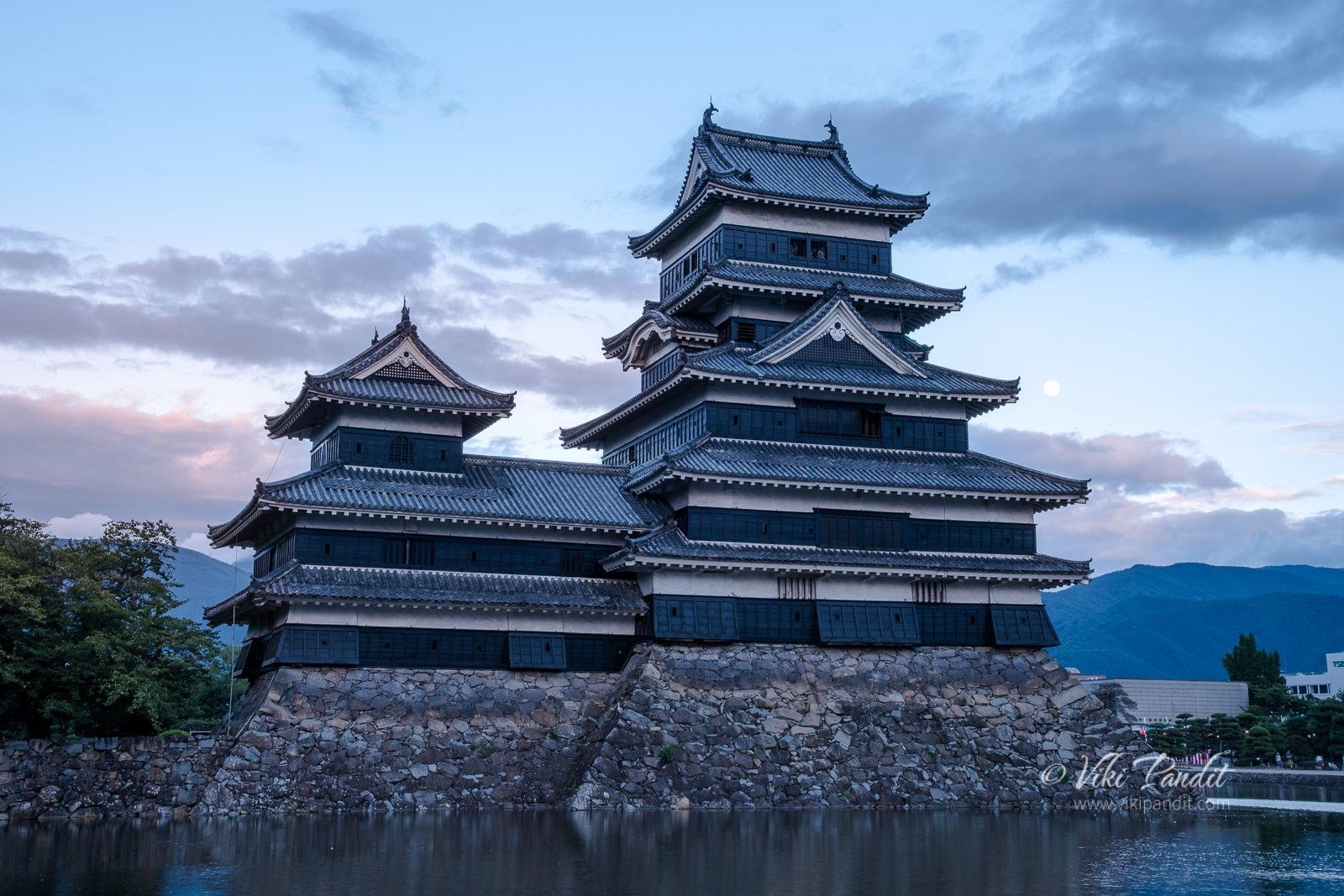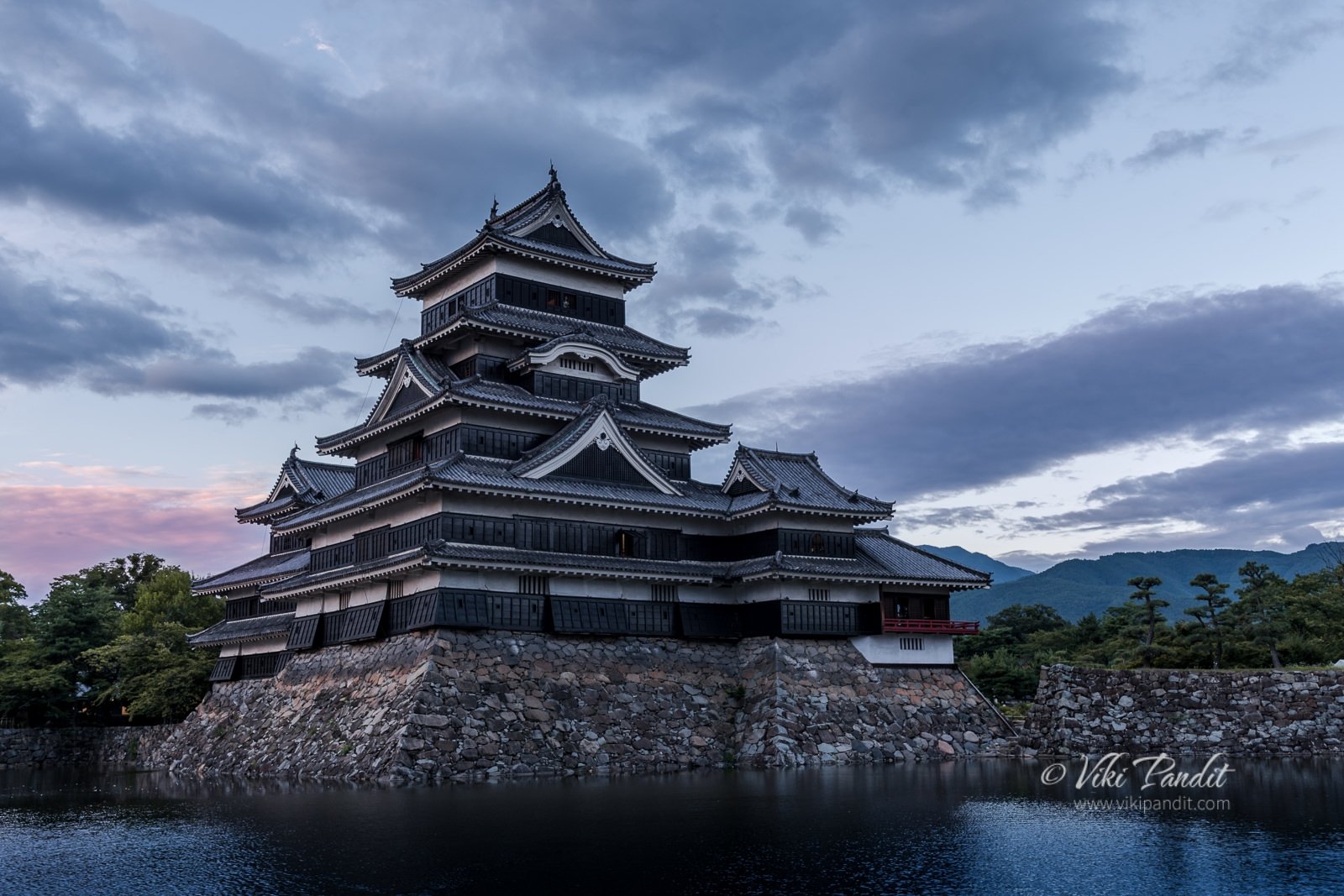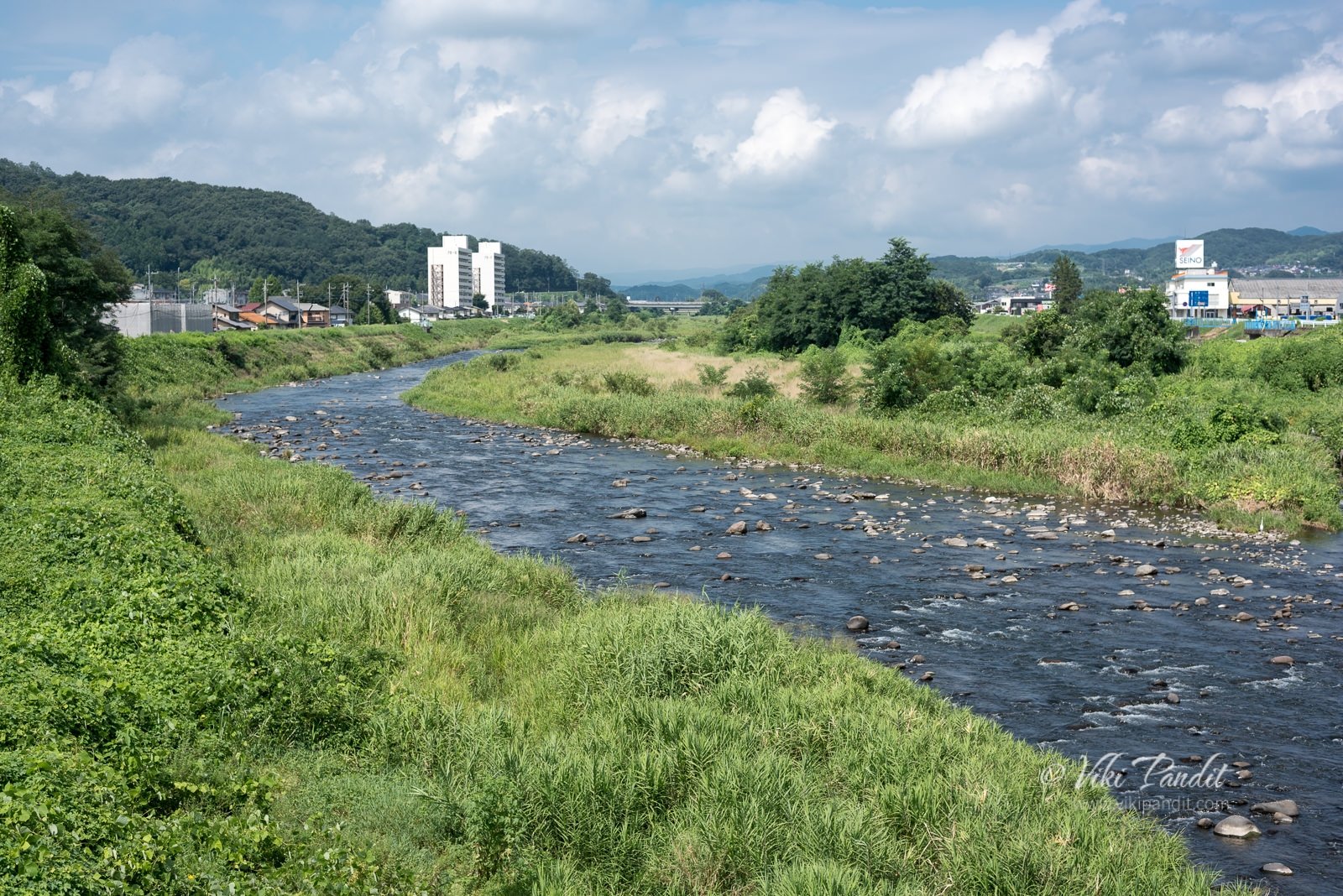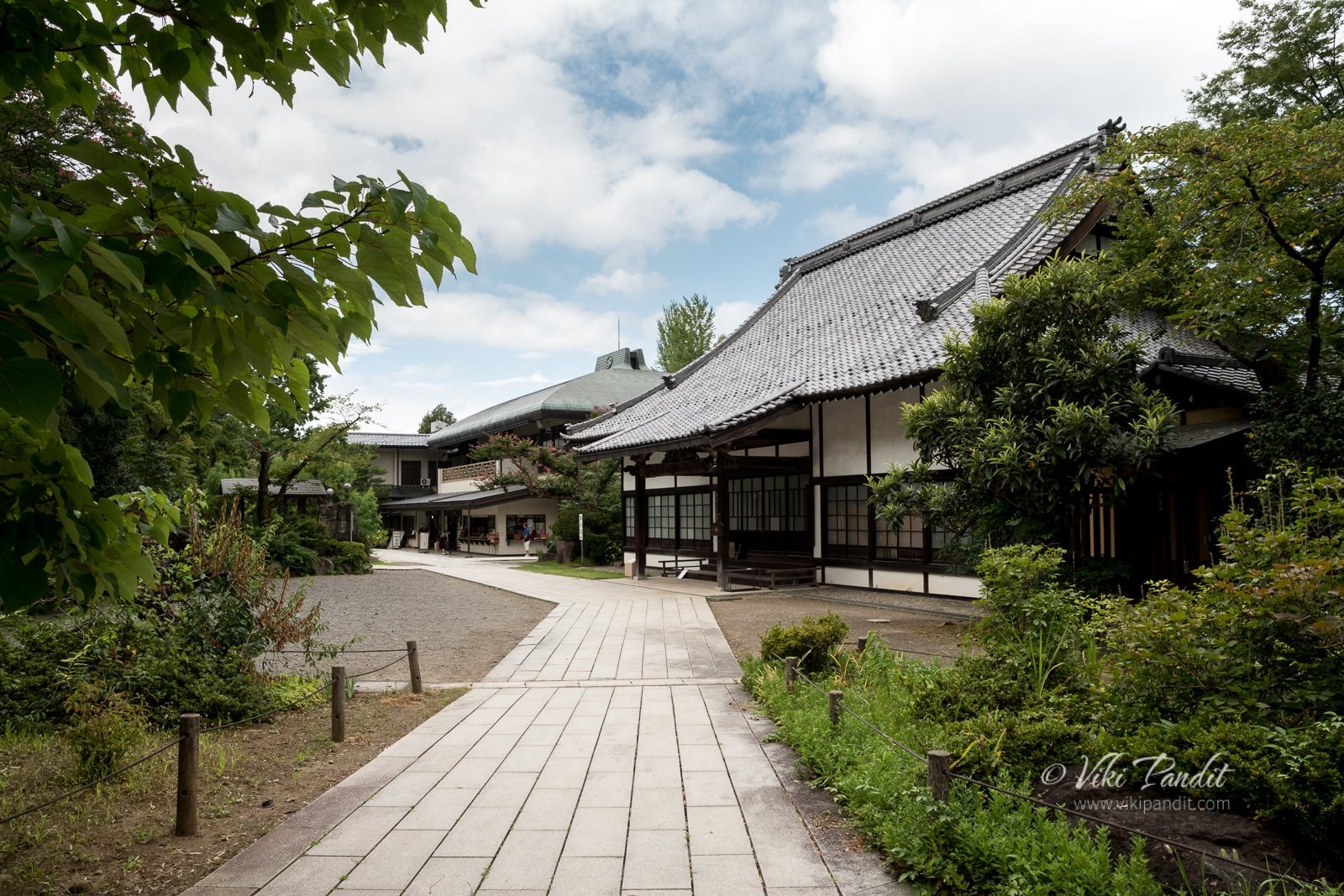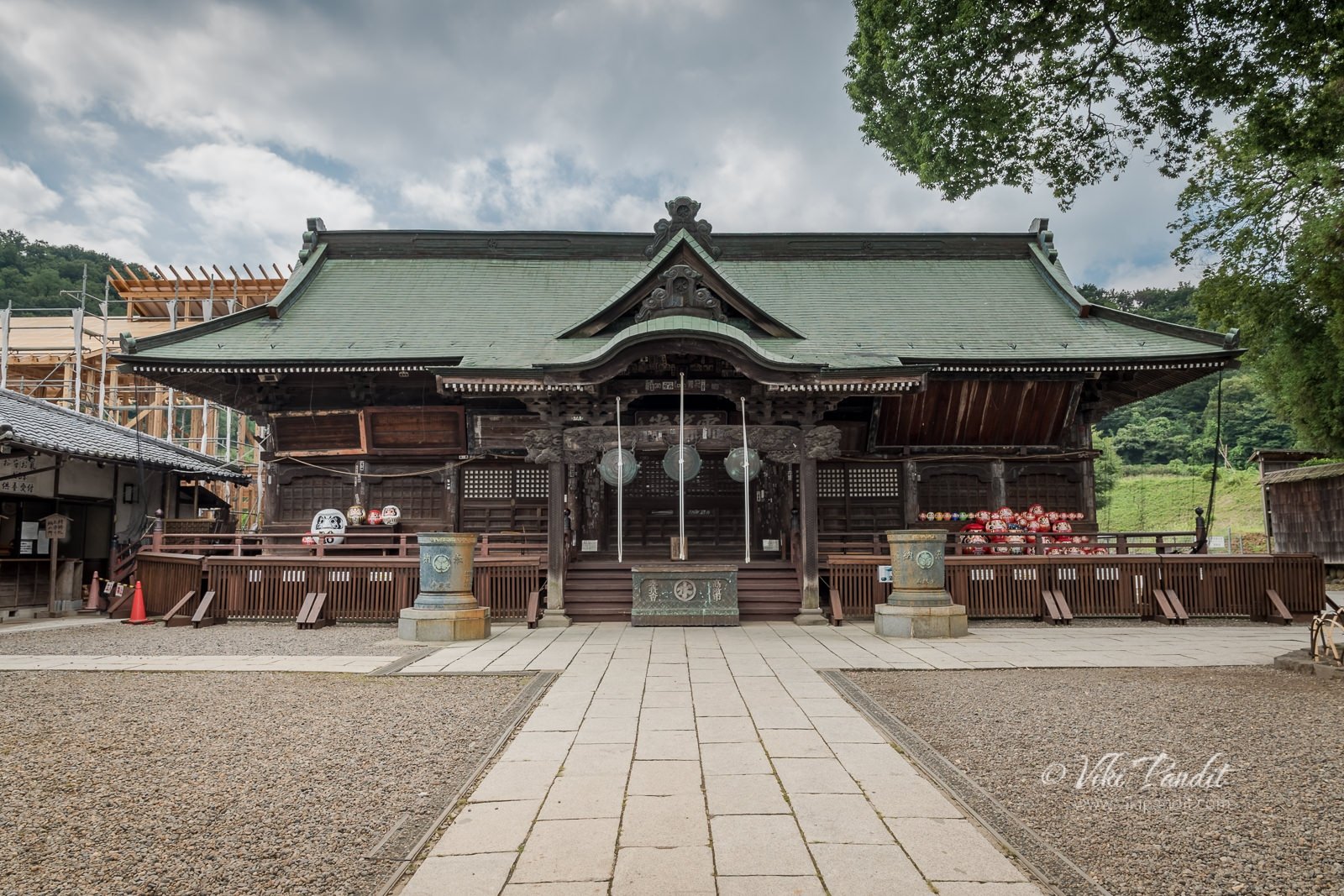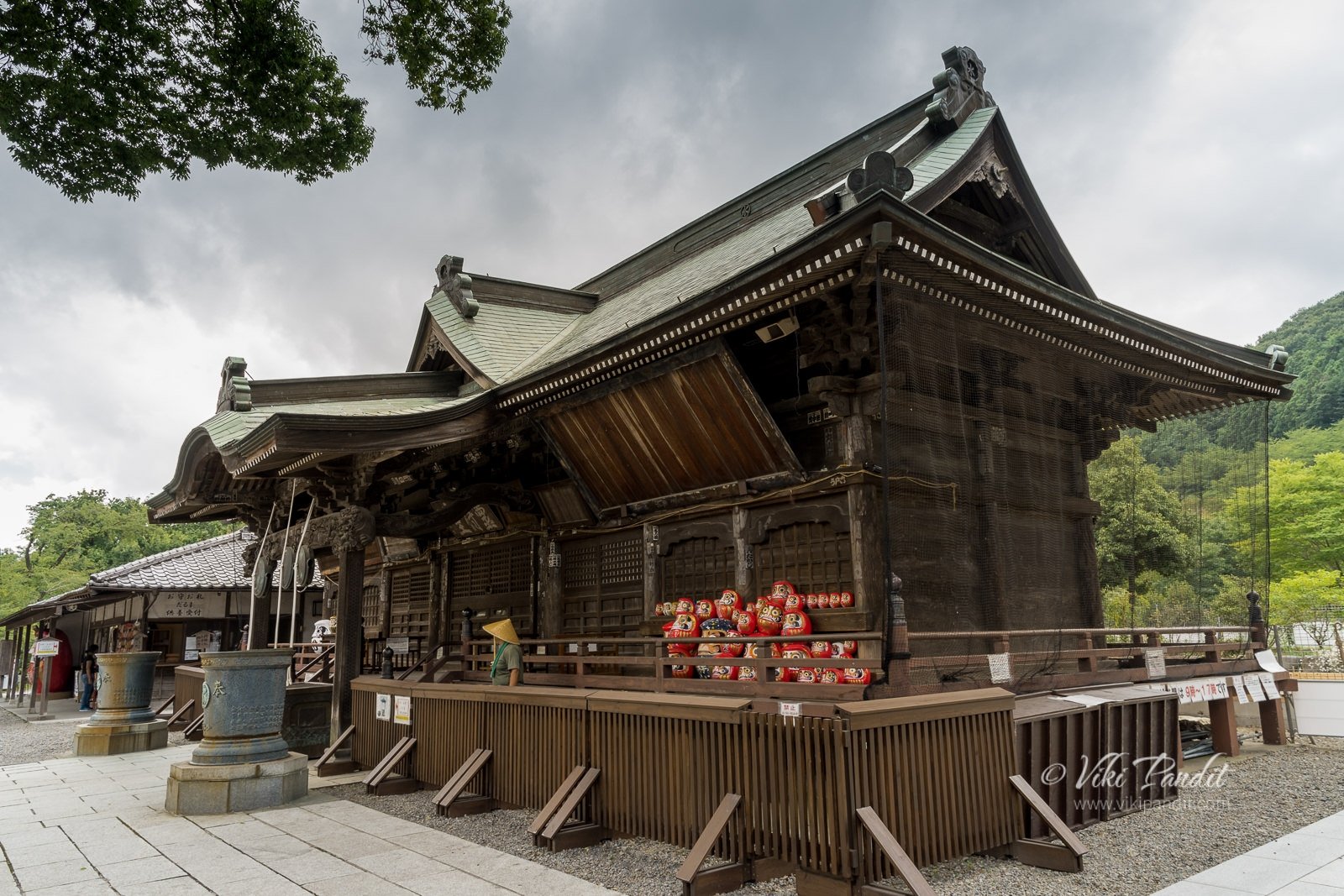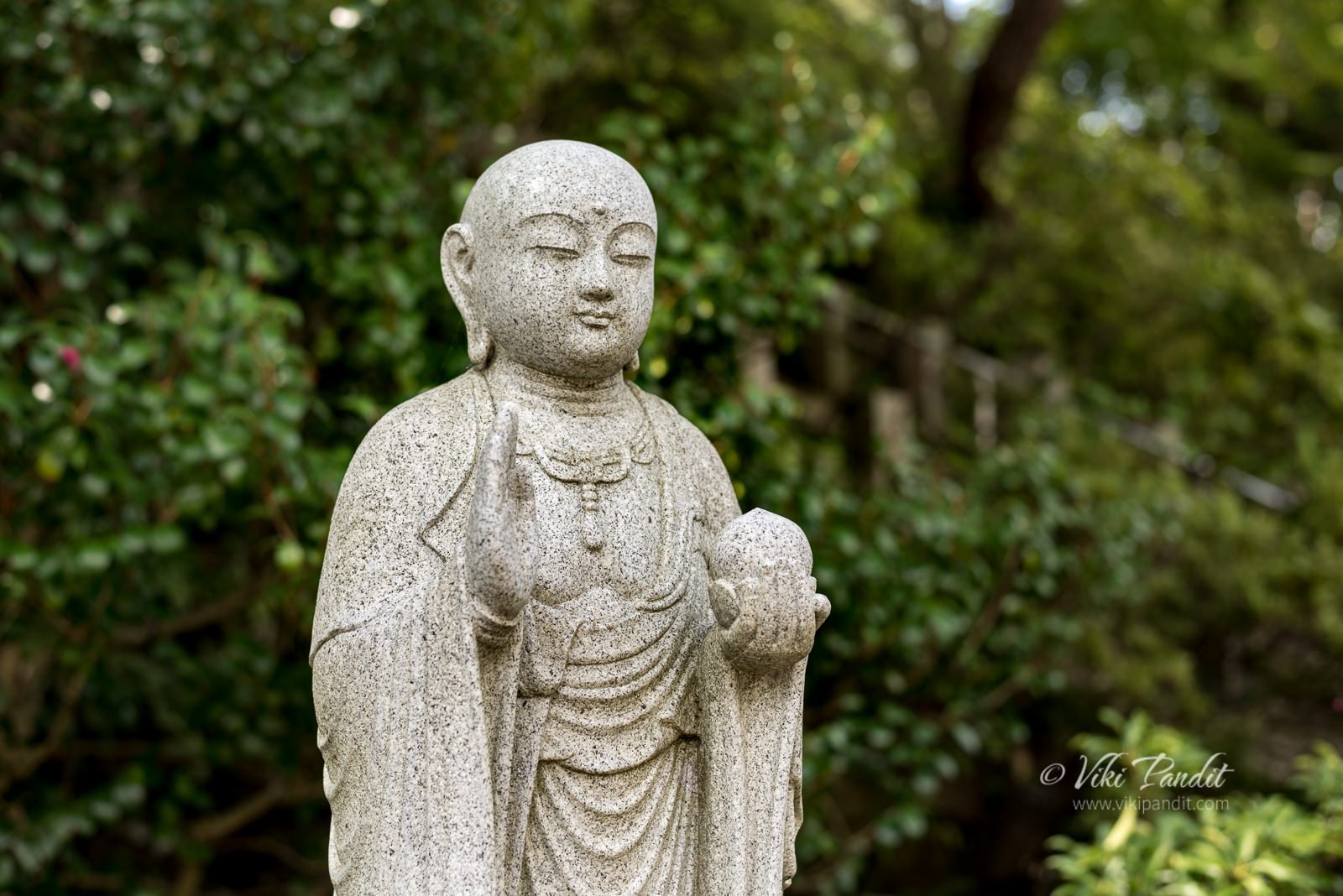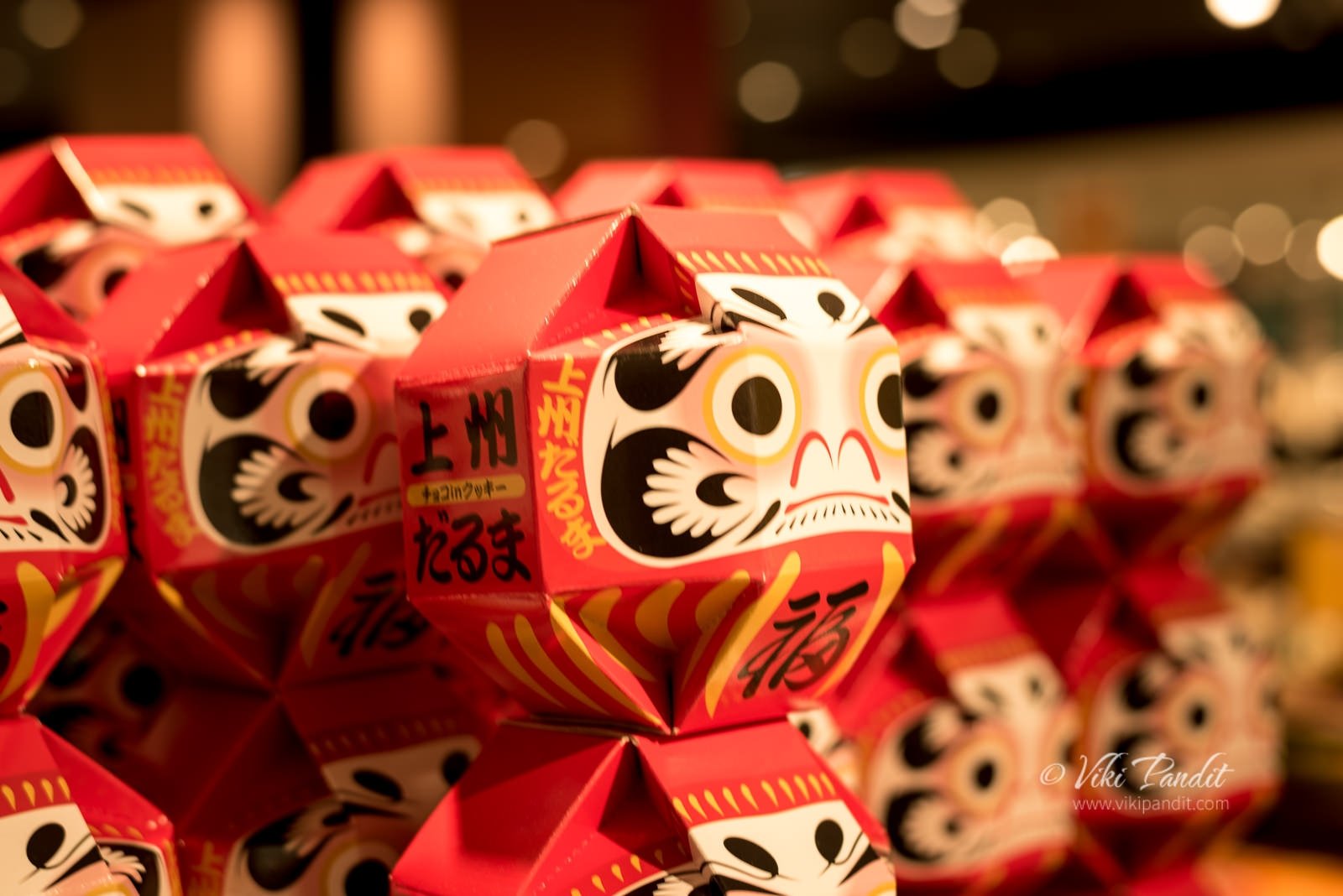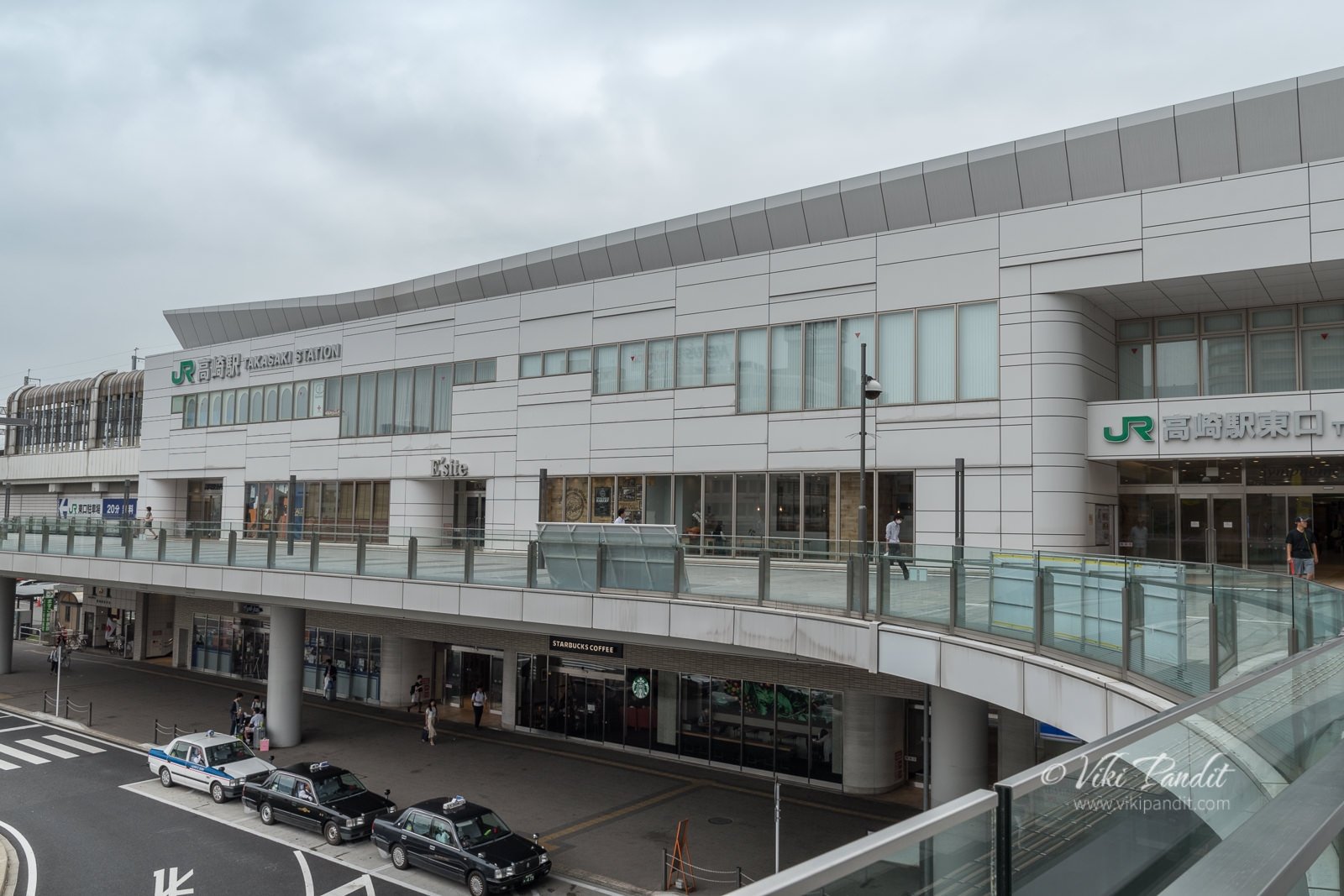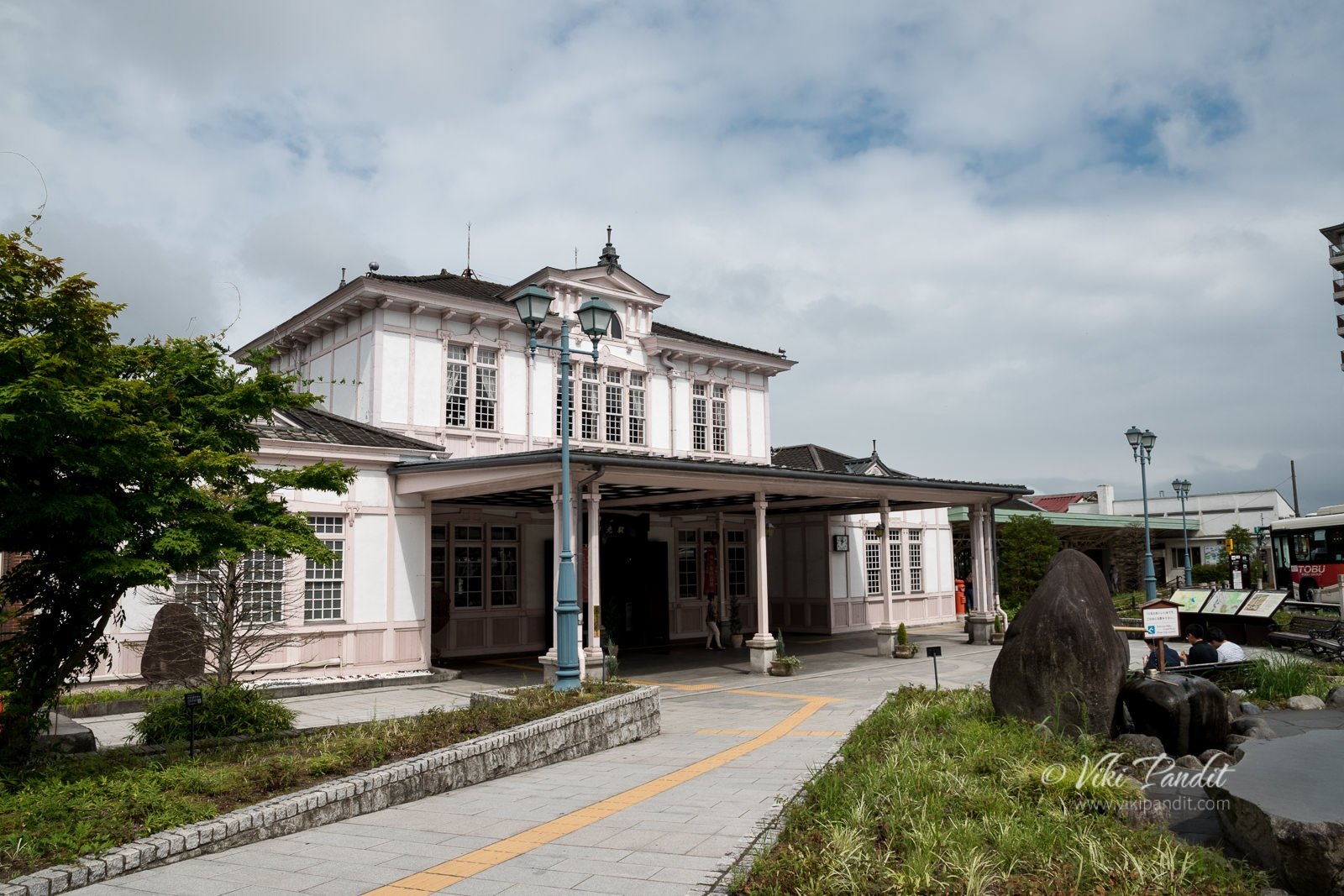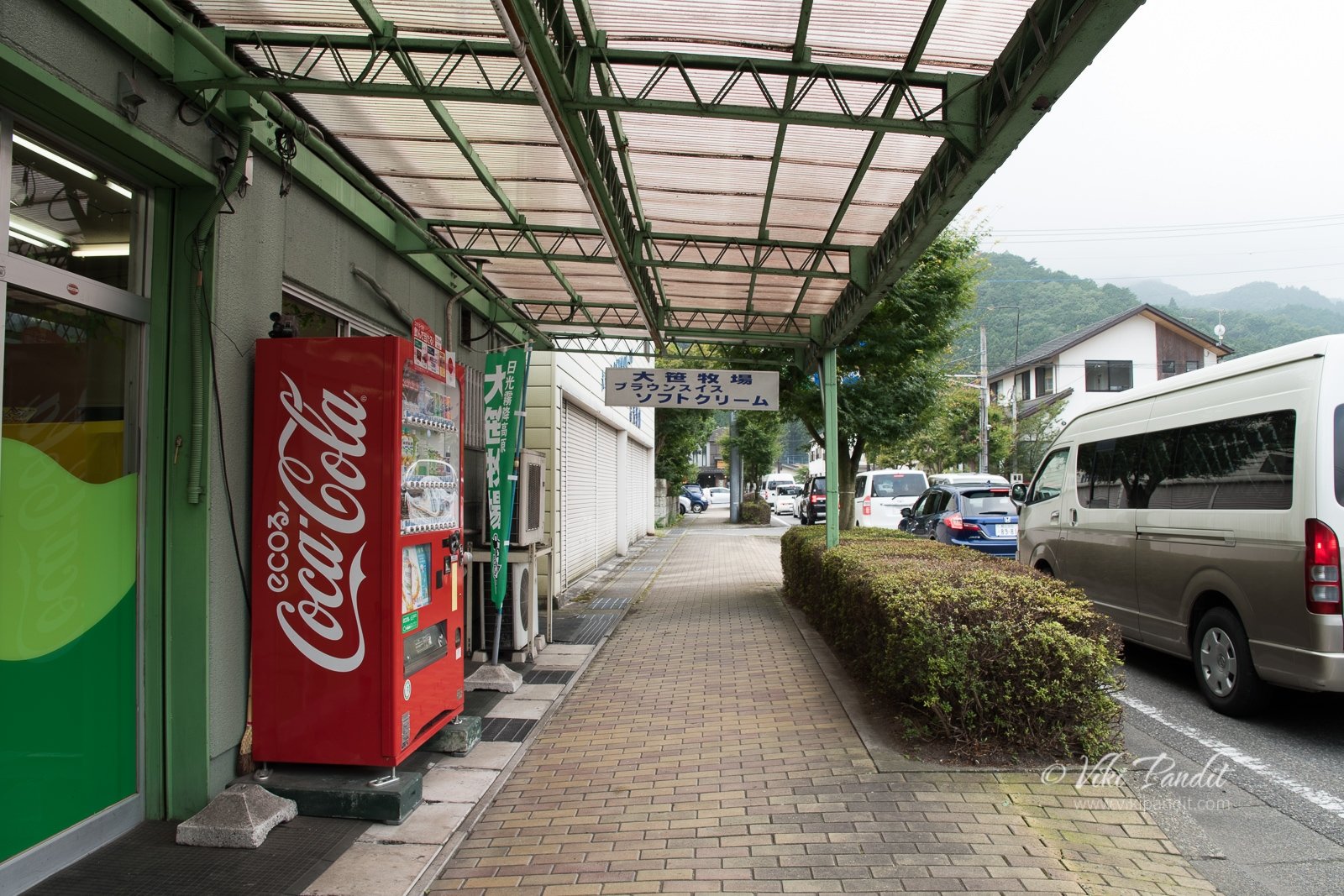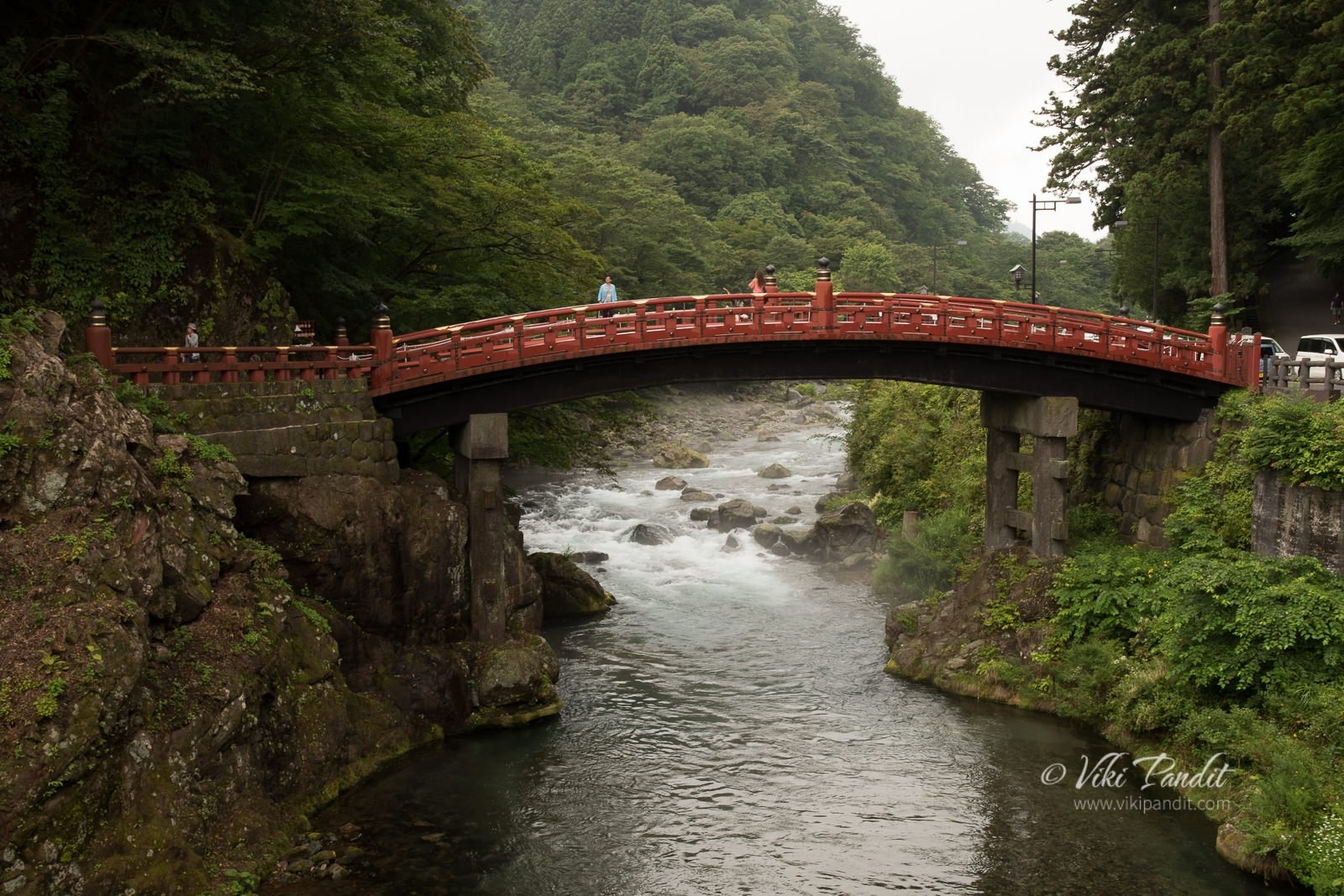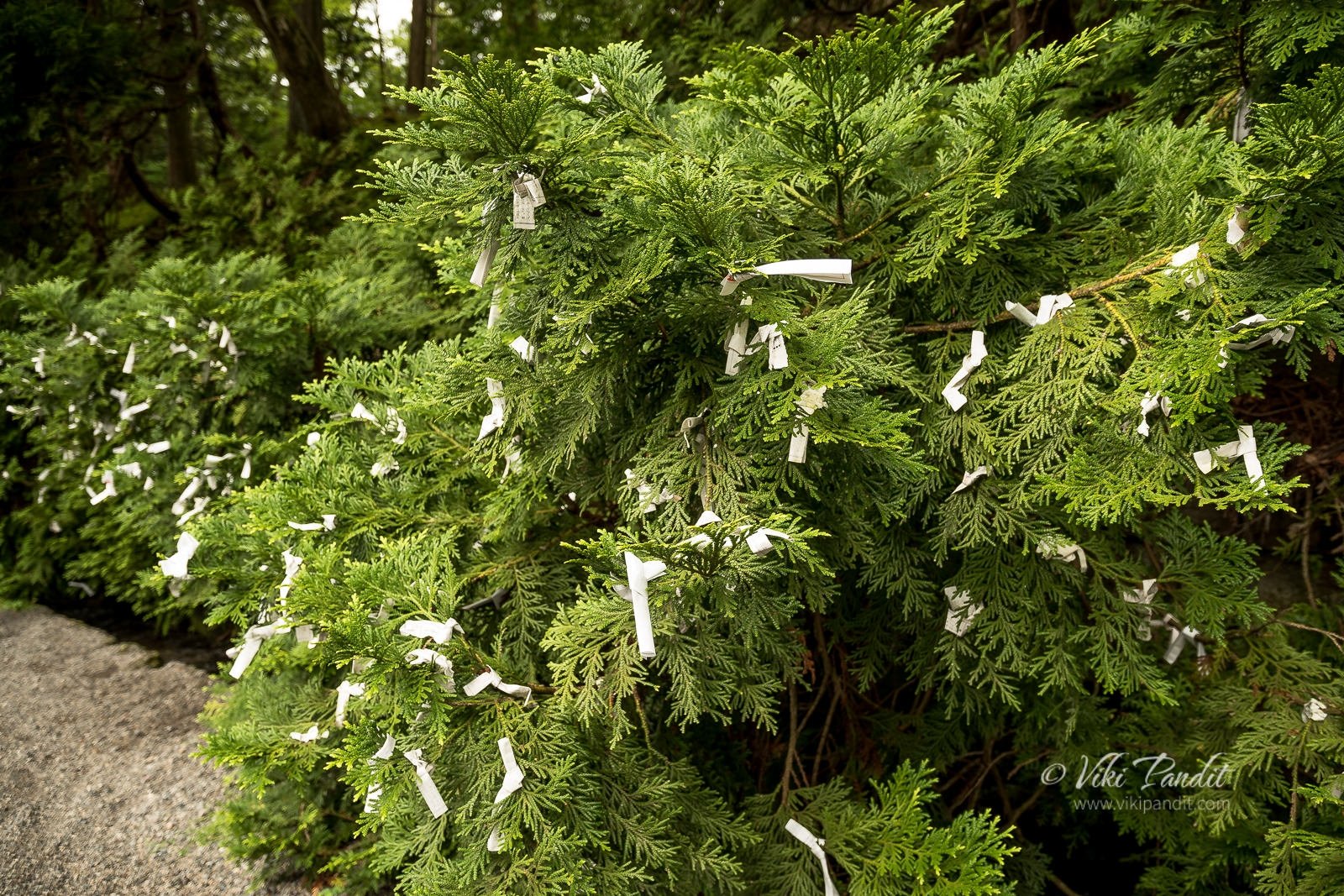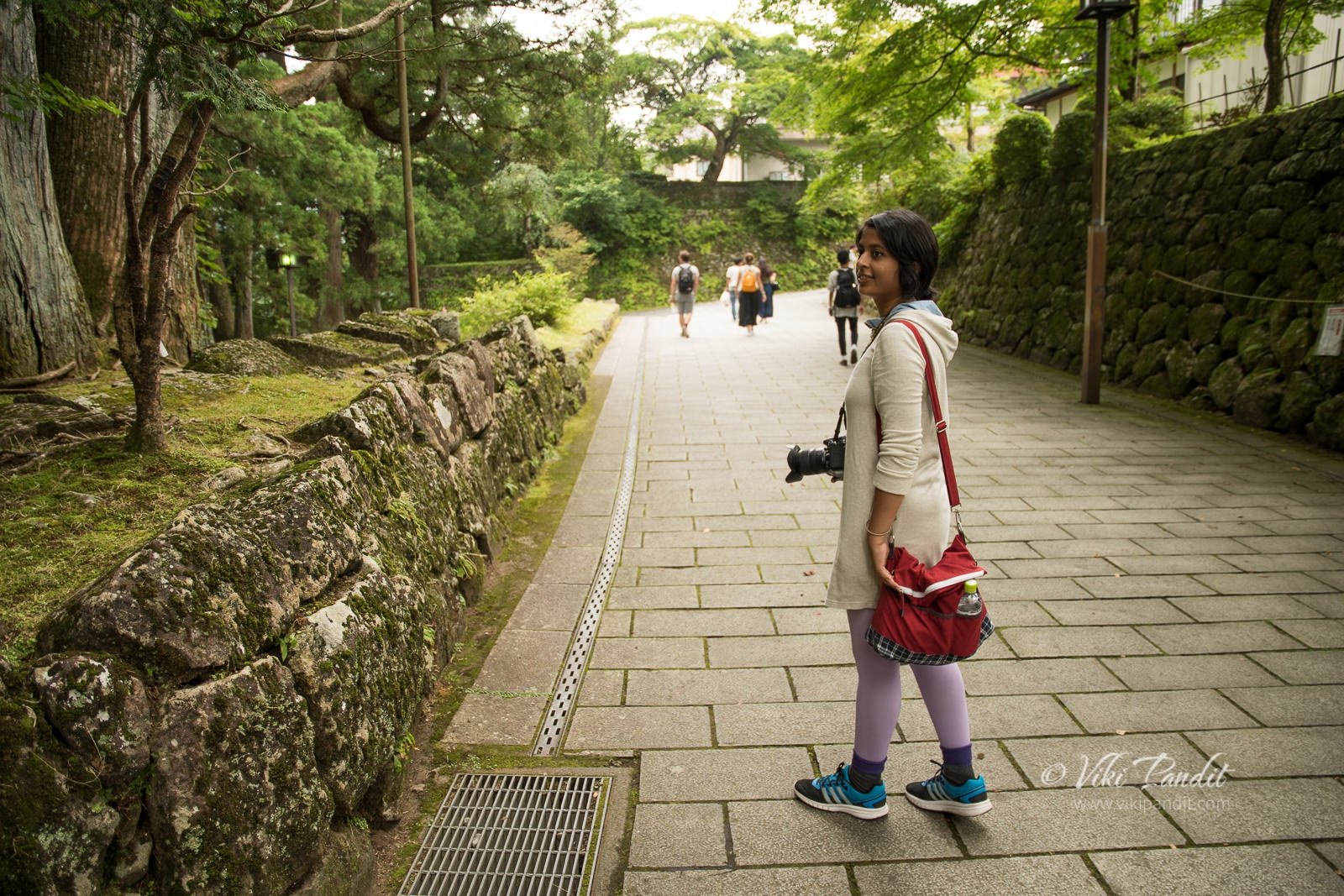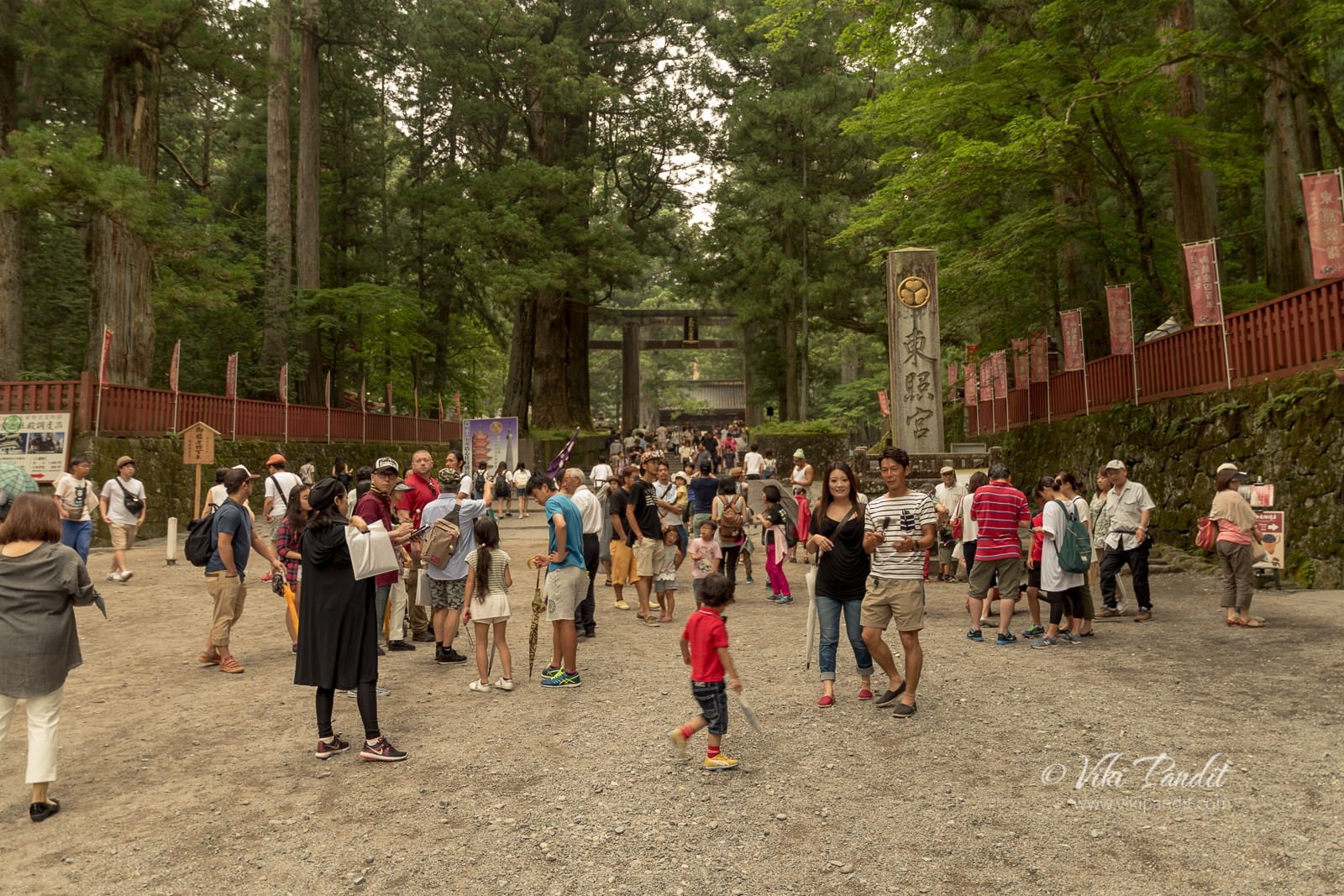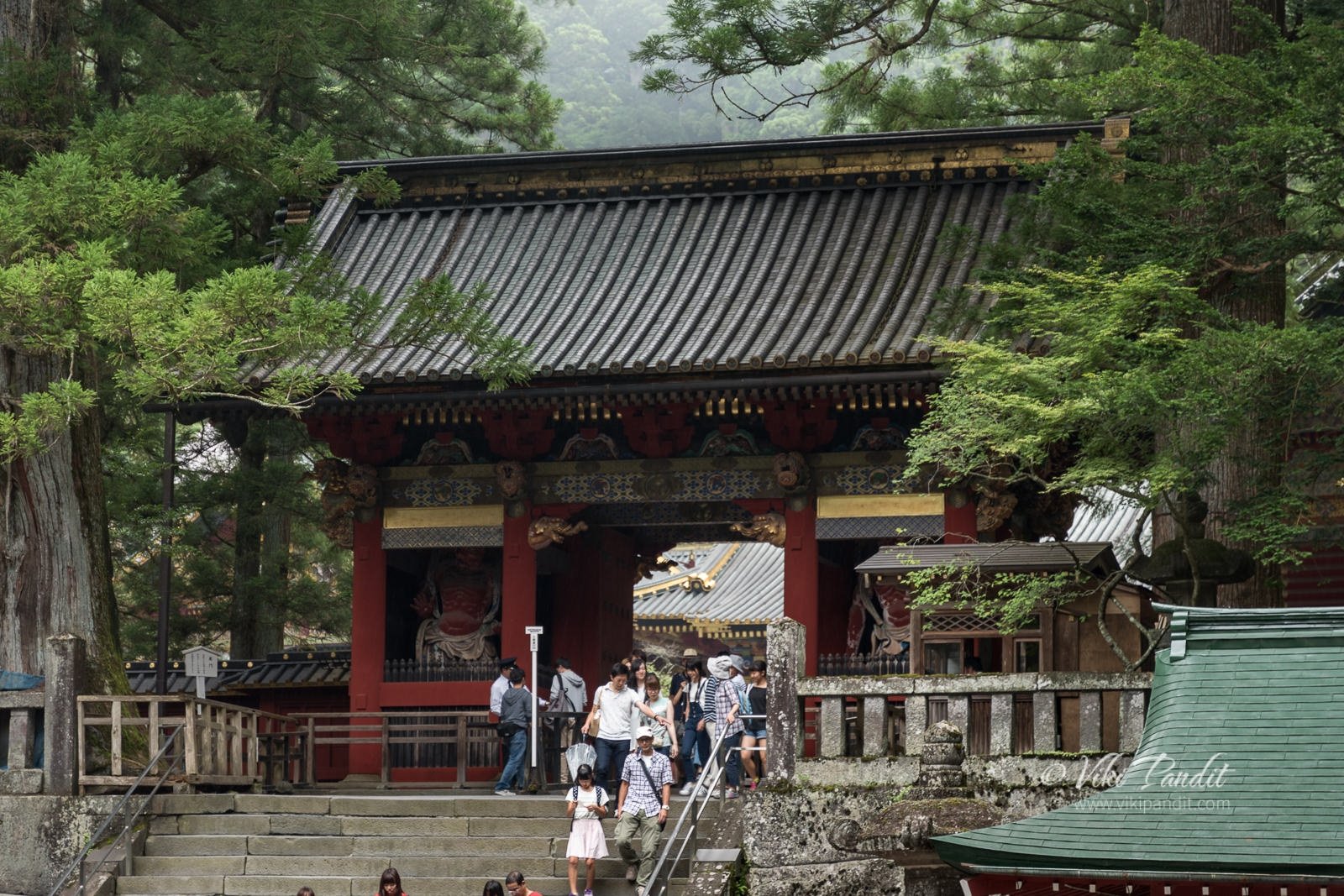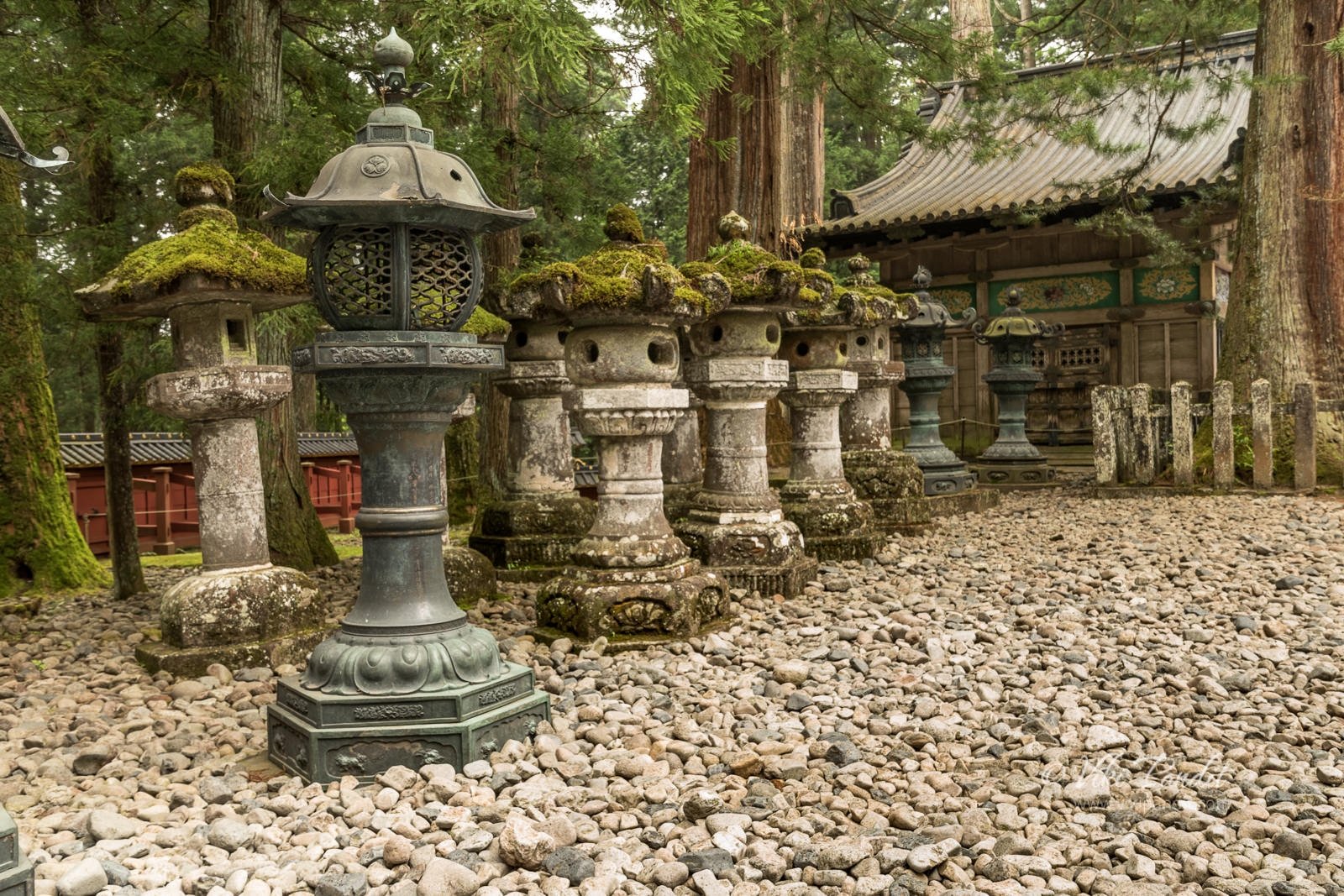Winter has been quite foggy this year. We had been planning a trip to the Terracotta temples of Bishnupur for some time but the dense haze had been putting us off. This weekend it finally relented somewhat and we grabbed the opportunity.
We started at a bit late at 9 am. The early morning fog had dissipated by then. From Kolkata, we drove up the Grand Trunk Road up to Burdwan. All along the Grand Trunk Road one can see endless potato fields. There are two toll booths on the way, each charging Rs. 75 for a car. At Purta Bhawan crossing in Burdwan, we turned left, taking the Ahilyabai Holkar Road road, straight to Bishnupur. We had made quick headway along the Durgapur Expressway where the roads are great. But as you turn into the road to Bishnupur, the roads are not that good. On this stretch of road towards Bishnupur, the potato fields gave way to fields of yellow flowers of mustard. It is also surprising to see the contrast, in terms of development along these small towns/villages. It is disheartening to see the stark disparity in development between the urban concrete jungle of Kolkata and these mud-house villages just outside of the city.
From the expressway, It took us about another hour of driving alongside beautiful mustard fields till we finally reached Bishnupur at around 1 pm.
Bishnupur is a small town not more than 400 sq km. For almost a thousand years it was the capital of the Malla kings of Mallabhum, till their power waned with the advent of British rule in India.
The Malla Dynasty
The history of Bishnupur can be traced back to 694 AD, when Adi Malla founded the Malla dynasty. However, it was much later in 994 AD that the place was named Bishnupur, derived from the name of the name of the Hindu God ‘Vishnu’.
There is an interesting story behind how Adi Malla ascended the throne. His father was a Rajput prince who was on a pilgrimage to the shrine of Jagannath in Puri. In his pursuit, he took along with him his pregnant wife. While they were crossing the great forest at Laugram, near Bishnupur, the princess went into labor. She died during childbirth. The remorseful king surrendered his infant child to the local villagers and left. The newborn was raised by a woman of the Bagdi caste who used to reside near the forest.
The boy grew up among the low-caste tribals, working as a shepherd. Many stories can be heard floating around the town, how once, this boy fished out a golden insignia from the river or when a huge cobra was seen standing over him shielding him from the sun when he fell asleep in the forest herding cows. A Brahman priest noted that the royal child was different from the rest of the Bagdi boys and took him under his care. The child grew up in the Brahmin’s house. In his care, the boy was imparted with good education along with physical and warfare training. By the time he was 15 years old, he not only excelled in education but also turned out to be an outstanding wrestler. People started calling him Adi Malla (Malla meaning wrestling), because of his wrestling prowess.
When the then Raja of Bishnupur died, he left no heir to the throne. The Brahman was invited to the funeral feast (Sraddha). and he took the boy with him. During the Sraddha, to everyone’s amazement, the dead king’s elephant lifted the boy from the rows of spectators and placed him gently on the throne.
Soon on the request of the local elders he ascended the throne of the local kingdom, which was renamed as the Malla Kingdom.
The Malla Kingdom flourished and after about 300 years the 10th Malla King, Jagat Malla decided to shift his kingdom to Bishnupur. Over the next 800 years Jagat Malla and his descendants built several temples and structures turning Bishnupur into a temple town.
Of all the Malla kings, the credit primarily goes to the patronage of Raja Veer Hambir and his successors Raja Raghunath Singha Dev and Bir Singha Dev who made Bishnupur one of the principal centers of culture in Bengal. Most of the exquisite terracotta temples for which town is justly famous were built during this period in the 17th century.
Temples of Bishnupur
Bishnupur contains an interesting mix of terracotta and stone temples. The temples of Bishnupur are located in a small compact area and it is best to explore them by a combination of walking and self-driven cars. Toto rides are also available and they can guide you through all the temples.
Madanmohan Temple, Bishnupur
The Madanmohan temple was the first architecture we encountered. This single pinnacled temple has some of the finest terracotta in the whole of Bishnupur. Built in 1694 CE by Malla King, Durjana Singh Dev. The star attraction of Madanmohan is its intricate terracotta artwork along all the four walls of the temple, that are still intact.
The temple stands on slabs of rusty-red colored laterite stones, found in abundance in this region. It is dedicated to Lord Madanmohan (an incarnation of Vishnu) and is still an active temple. Entrance is free to this temple. Scenes from the Mahabharata, Ramayana, and the Puranas are depicted on the temple walls on terracotta panels.
We paid our respects to the deity at the temple and headed towards the Ras Mancha.
Ras Mancha, Bishnupur
The Ras Mancha is about 5 minute drive away. Built in 1600 CE by the Malla King Hambir, the Ras Mancha is the oldest standing brick structure of Bishnupur. Consisting of arched entrances separated by pillars the Ras Mancha stands on a raised, red colored, laterite stone platform and is crowned with a stepped pyramidal structure. The structure is absolutely unique in style and architecture, not only in Bengal, but in India. The pyramidal summit is constructed of baked bricks while the podium is created out of laterite rocks, cut into brick-like shapes. The square base is about a meter high and the structure itself rises to about a height of 10 meters. The platform composed of laterite rocks show little weathering. However, the walls and the supporting columns are gradually decomposing because of the chemical change due to surrounding pollution.
The Archaeological Survey of India (ASI) maintains most of the sites of Bishnupur and it levies a minimum entry fee for the sites. The amount is Rs 10 for Indian citizens and Rs 100 for foreigners. With this ticket, one can visit all the sites of Bishnupur maintained by ASI. The counter is located near the entrance of Rash Mancha.
The Ras Mancha was designed to be a gallery used to display art during the Malla regime. The main motive behind the making of this enormous construction was the festivity of the ‘Ras Festival’, when portraits of deities from the neighboring shrines or temple were created and then arranged for display here in the open doorways for common public. This ceremony was put into exercise during the Malla Rule and now the hallowed corridors stand without a purpose. In my travels, I am yet to see a structure that can be suggested to be of a similar nature in architecture or purpose as to the Ras Mancha. I can safely say, it is architecturally unique and one of its kind in the whole of India. Apart from a few floral lotus motif the Ras Mancha does not contain any terracotta art work. Walking the empty corridors are sure to give you a unique experience of walking in the past.
From Ras Mancha, we headed towards the Shyamrahi Temple.
Shyamrai Temple (Pachchura Temple), Bishnupur
We stopped at a narrow dusty path that lead up to the Shyamrai Temple. As we got down, on the right we could see a placid square tower like structure called Ghumghar of maybe two storeys, with no windows, located atop a small mound. Nothing much is known about the construction date and the purpose for which it was built. It is hard to ascertain the usage of such a building. It is likely it was used for storage or maybe solitary confinement of a small number of prisoners.
We left the car there and walked left towards the Shyamrai Temple, popularly known as the Pachchura temple, because of its five pinnacles. King Raghunath Singh, commenced building the five towered Temple of Shyam Rai in 1643 with its superior figurines and floral patterns. Under his reign, terracotta gained further momentum.
The Shyamrai Temple contains terracotta on all its four sides including the inner walls and the pinnacles. Each of the four sides contains triple-arched entrance adorned with the Ras Chakra and love-making scenes of Radha-Krishna. Entering the complex is forbidden.
From Shyamrai Temple we got back into the car and headed for Jore Bangla. The area is very dusty and if you have dust allergies do come prepared. We kept our car windows up for most of the time in the terracotta town.
Kestorai Temple (Jore Bangla) , Bishnupur
A short distance away from the Shyamrai Temple is the Kestorai temple. The most powerful king of the dynasty was King Raghunath Singh Dev II, who ruled from 1626 AD. At that time the administration of Bengal was in the hands of Shah Jahan’s son Suja. He developed a close friendship with the Mughal king and there followed a period of peace when art and music flourished. It was during this period that the Kestorai Temple was erected.
It follows the jora bangla style of architecture and hence is popularly known as the Jore Bangla Temple. Jora Bangla type of temple consisted of two Bengal styled thatched roof like structure joined together. Unfortunately some repairs were going on and we couldn’t enter the complex.
The Jore Bangla temple built in 1655 CE is considered as one of the finest example of Bengal terracotta art. There are numerous panels covering a wide range of topics. Panels of ships and boats are quiet in the temple. There are also several panels from the two great epics but a panel depicting Bhishma in Sarasajya (bed of arrows) during the fight of Kurukshetra.
Just beside the Jore Bangla, a few minutes walk away is the Radhashyam Temple.
Radheshyam Temple
This Ek ratna (Single Pinnacled) temple is built over laterite stone. Radheshyam temple dating back to 1758 CE was constructed by the Malla King Chaitanya Singha. This temple is one of the “youngest” among the temples that were constructed during the heyday of Malla kingdom.
The temple is enclosed with high walls and is entrance consists of a triple domed Islamic style gateway. The spire is cylindrical, with semi-spherical dome inspired from the then prevailing Muslim architecture. Because of the closeness of the Mughals with the Malla Kings we can see the convergence of two different styles of architecture in this temple. The crumbling stucco is most elaborate and aesthetically pleasing among the laterite temples in Bishnupur.
Beside the Radheshyam Temple, one can find the Radha Laljiu Temple complex, somewhat in ruins.
Radha Madhab Temple
Built 100 years earlier than the Radheshyam Temple, the Radha Laljiu or the Radha Madhab temple follows a similar single pinnacled structure. Built by the Malla King Bir Singha in 1658 it is considered as the finest laterite stone temple in Bishnupur. Unfortunately it is badly maintained and the limestone coat has suffered erosion over the years.
Form the Radha Laljiu Temple, one can see the stone gateway known as the Pathar Darwaja in a distance.
Patthar Darwaja
At a short distance from the Radha Laljiu Temple lie two gateways – the Bara Patthar Darwaja or Main Gateway of Bishnupur and the Garh Darwaja. The larger of the two gateways, built of laterite stone is known as the Patthar Darwaja (Stone Door). This gate once served as the northern entrance of the Royal residence and was built in the second half of the 17th century by Maharaja Bir Singha.
The double storied gate could accommodate troops and the narrow slits allowed the archers and the gunmen to fire their shots.
Garh Darwaja
A few yards away from the Patthar Darwaja is a small stone gateway, which was also built in the same period. Although much smaller in magnitude, the Garh Darwaja is an arched terracotta structure with a plain exterior. Both the gateways are not protected by the ASI and is thus not well maintained. Cars, bikes use this historic monuments on a daily basis enveloping them in smoke and dust.
There are many more similar temples around the town but it was already 4 pm and we decided to head back. This time we took the shorter route crossing Arambagh. The traffic along this route is a lot slower and even though it’s a lot less kilometers, it took us the same amount of time to reach the city.
The most famous art form of Bishnupur is terracotta work. But the town has much more to offer. One can collect exquisite terracotta pottery, artifacts and even jewelery from local souvenir shops. The town is also famous for its Baluchari Saris. The silk strands are dyed separately and then put into a loom. One sari may have an entire episode from the Mahabharata woven into its border and Pallu.
It was really a treat making our way across this sea of terracotta architectures. It is a mystery why the terracotta architecture stayed bound to this area of Bishnupur only. These architectures deserve UNESCO status. The Archaeological Survey of India is doing a great job but it needs to do better at conserving our history many of which have already been turned to dust by the Mughals.

